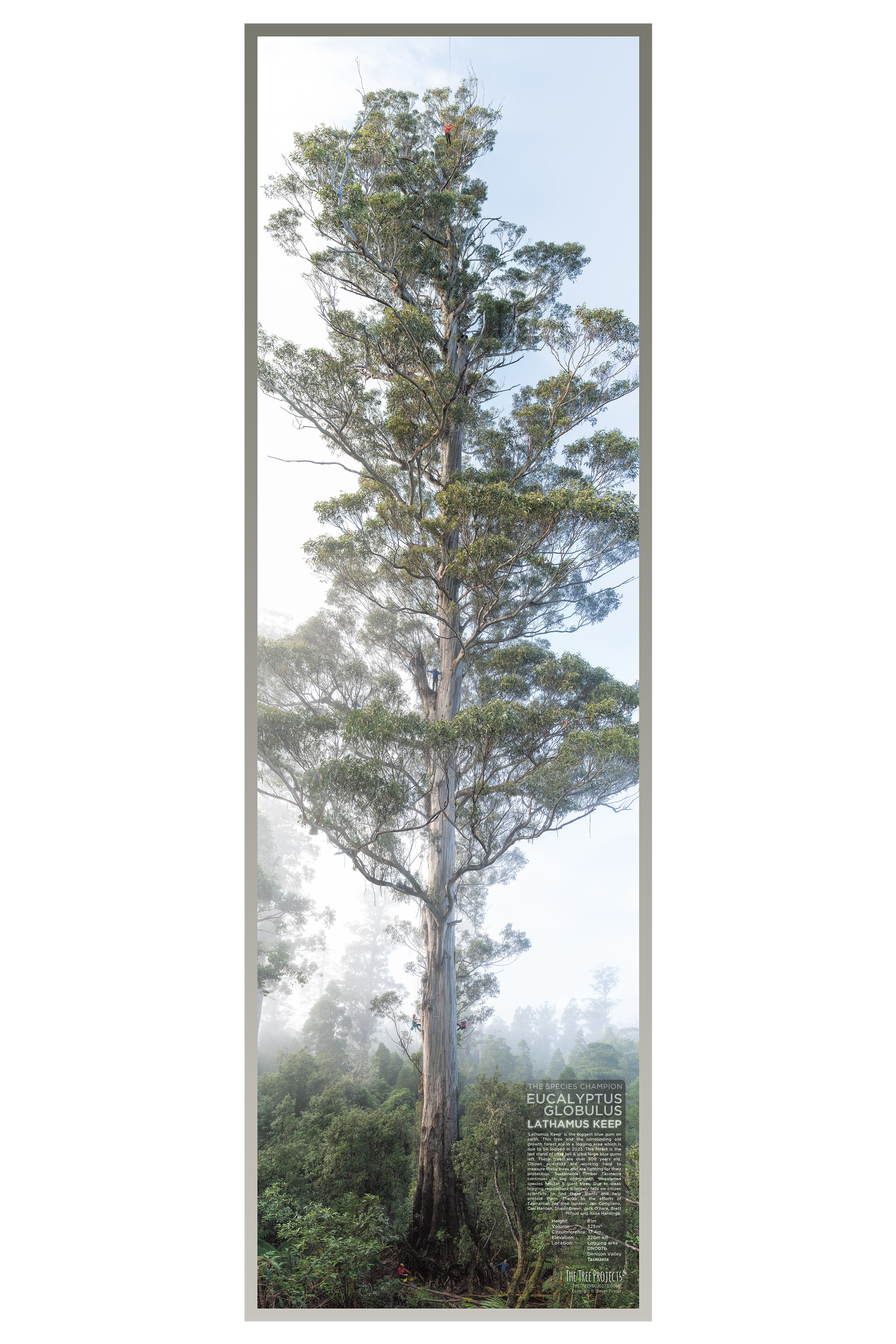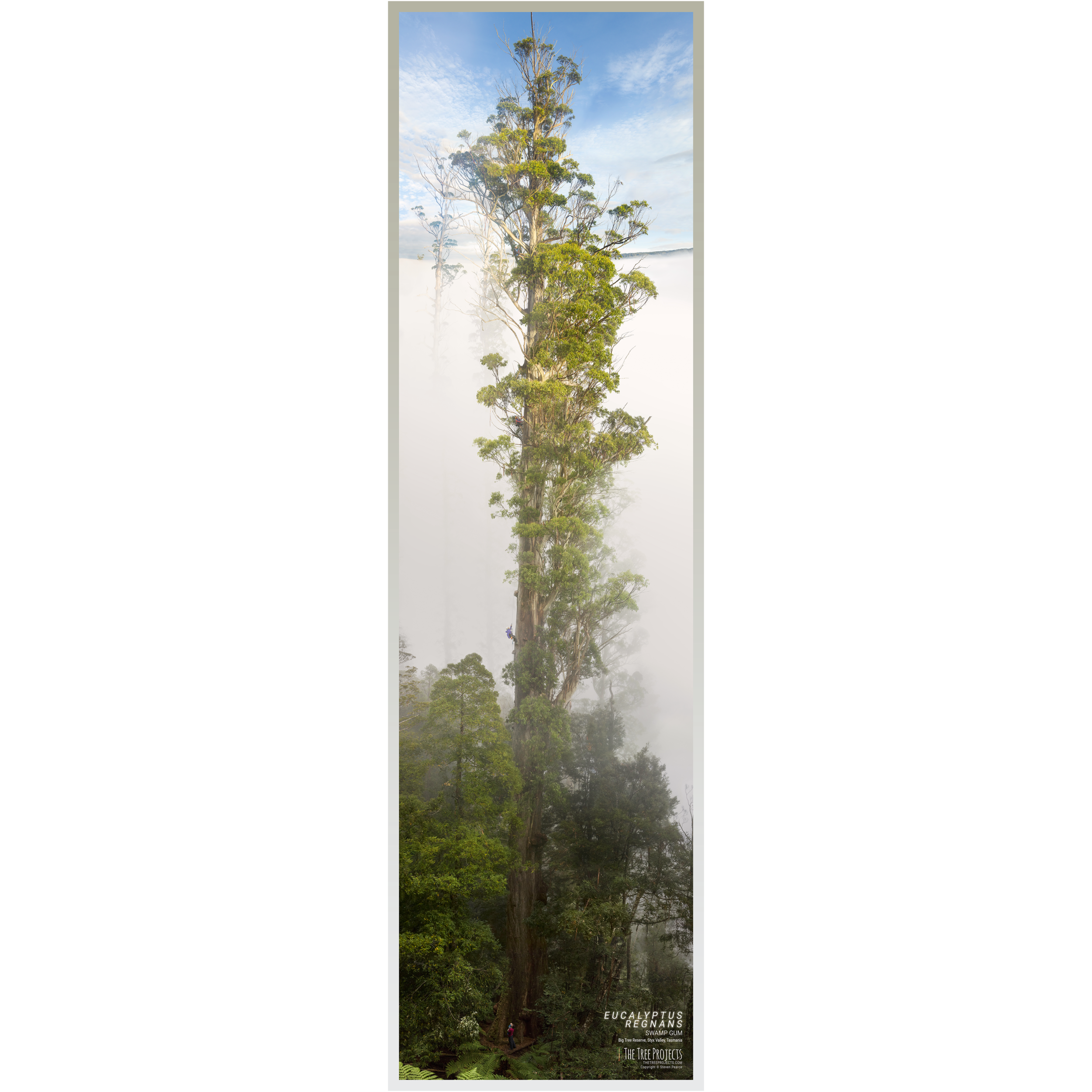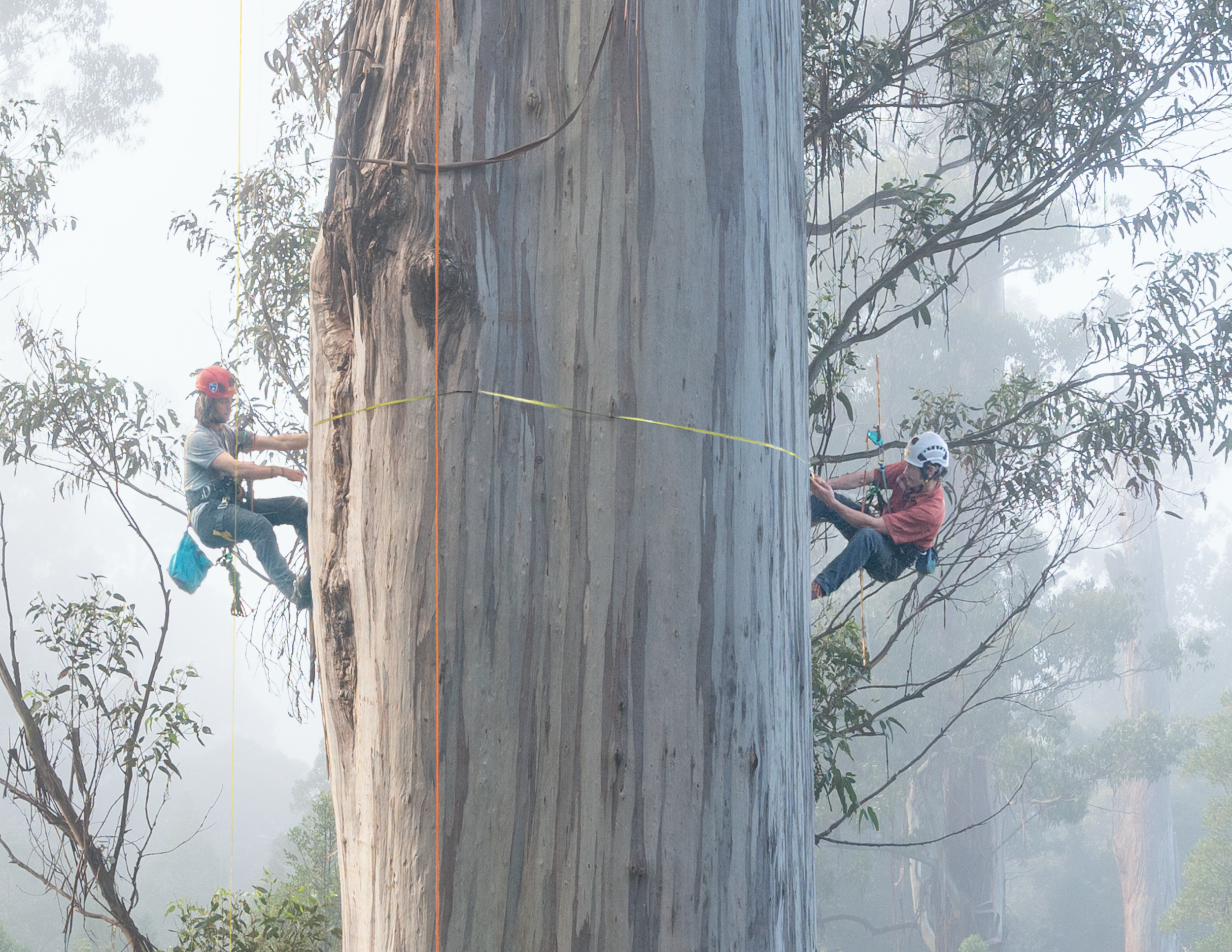
PHOTOGRAPHING
THE GIANTS
Over the last 9 years we have travelled the world to photograph giant trees. We use our skills as climbers, photographers and scientists we find, build our systems and study each tree.
Photographing a 80 metre tall tree in a dense forests is one job. But our biggest task is to wait. We chose to wait for the ideal weather conditions so that we not only document the subject but also the climate that produces these giants.
This pathway of considered creativity mixed with scientific endeavour and positive messaging is how we have managed to continue this work. Rather than being exhausted at the completion of each project we have been inspired to create the next with bigger and better goals.
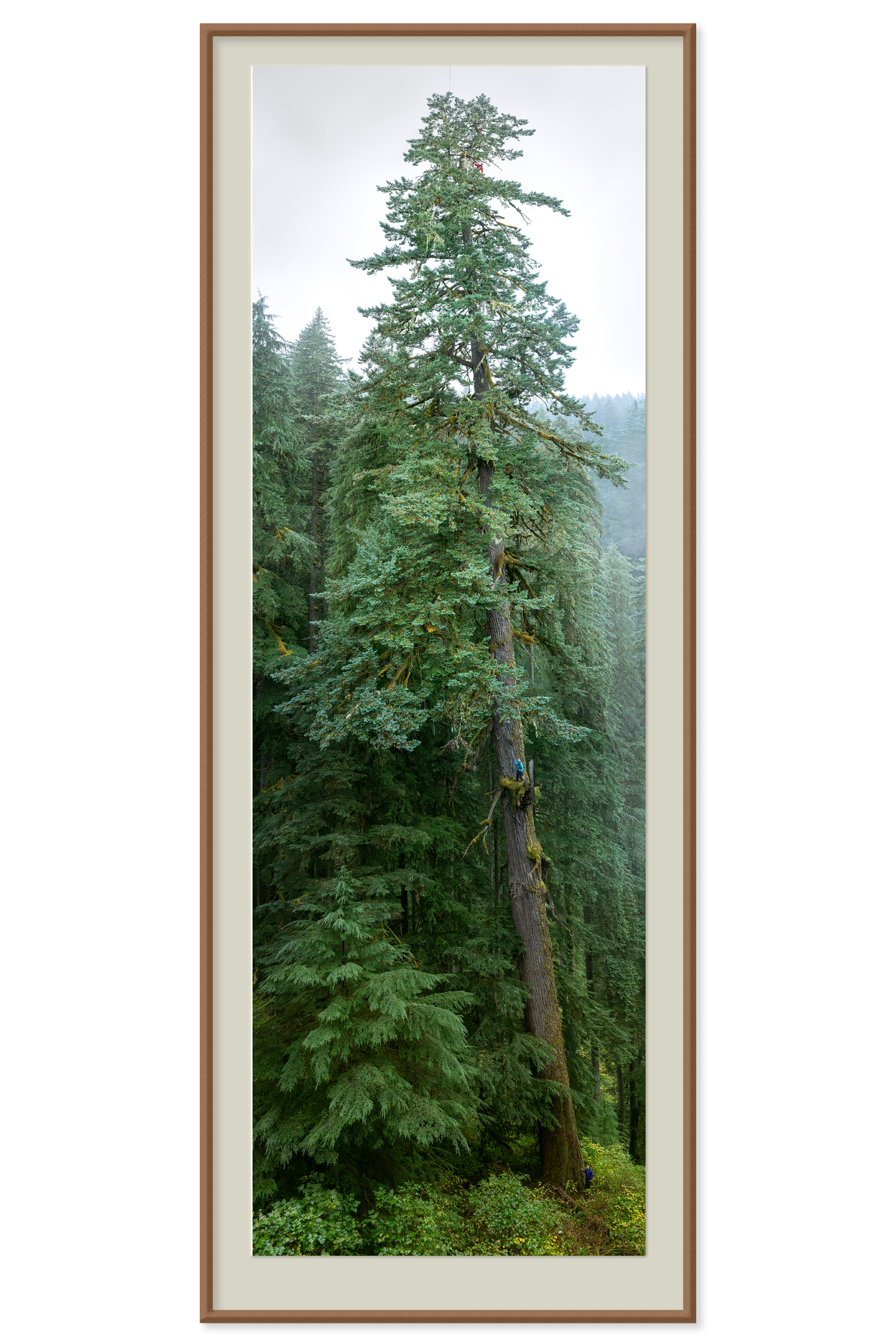
2018 Leaning Veteran, Oregon USA (Douglas Fir)
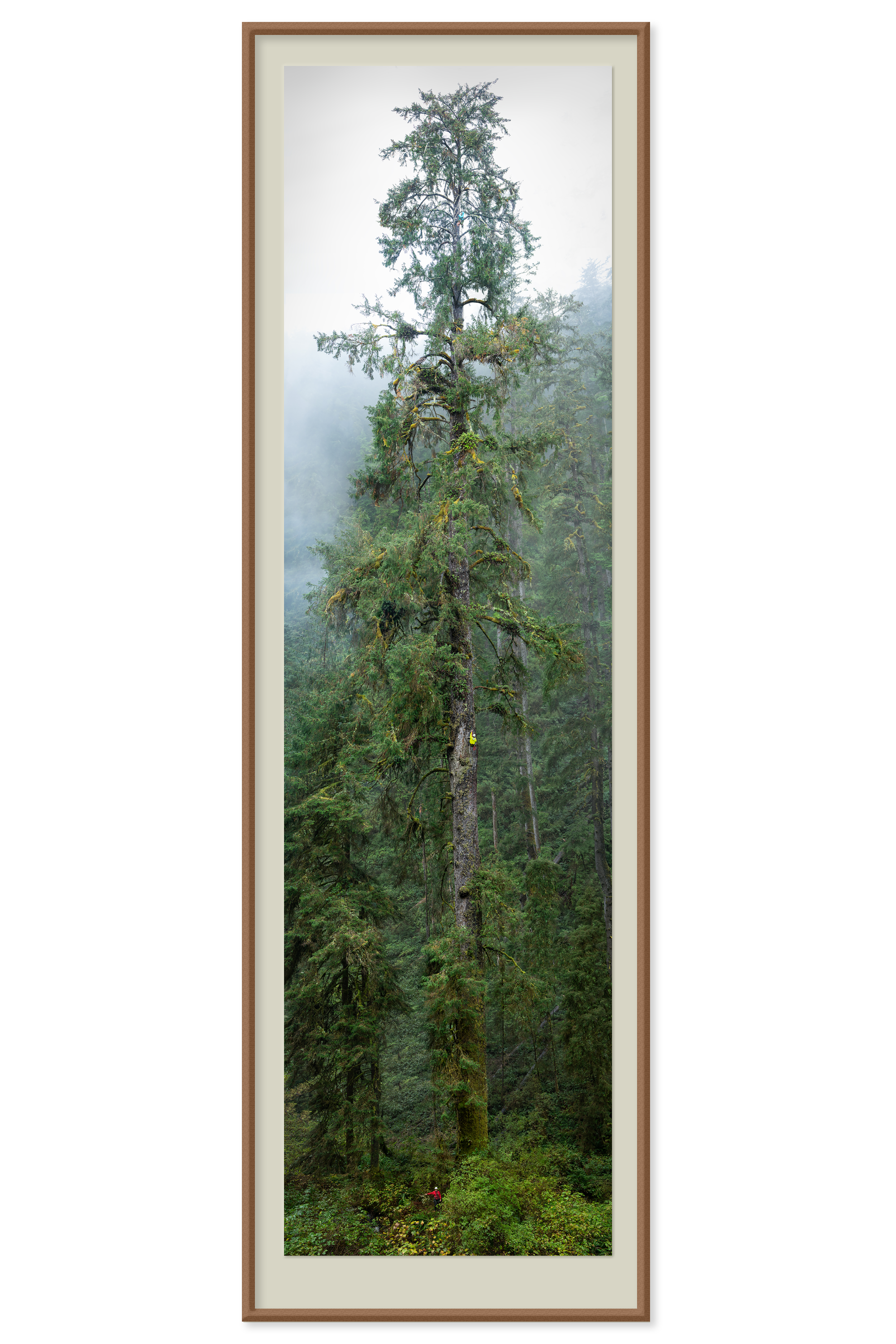
2018 Coastal Giant, Oregon USA (Sitka Spruce)
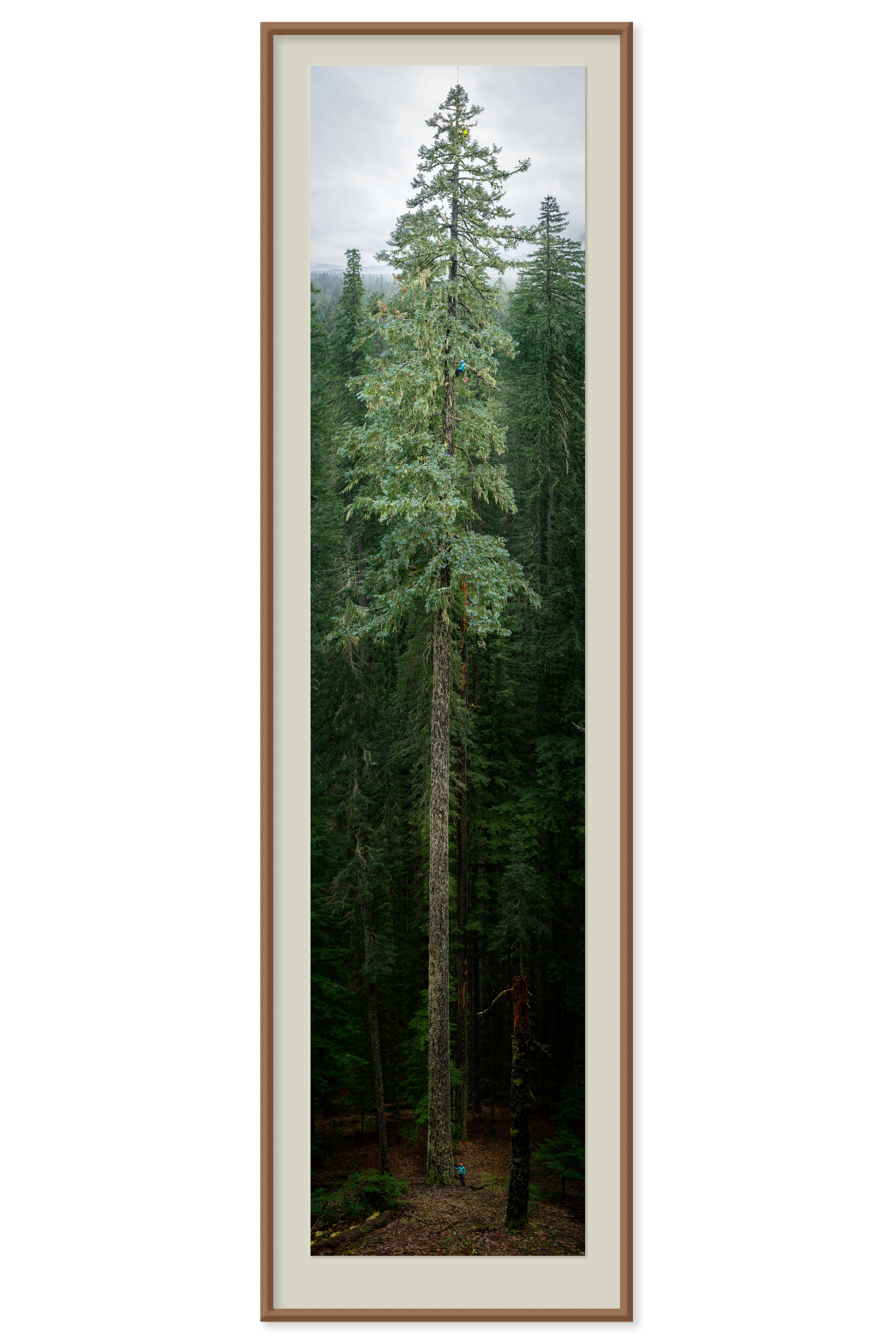
2018 Volcanic Pioneer, Washington USA (Noble Fir)
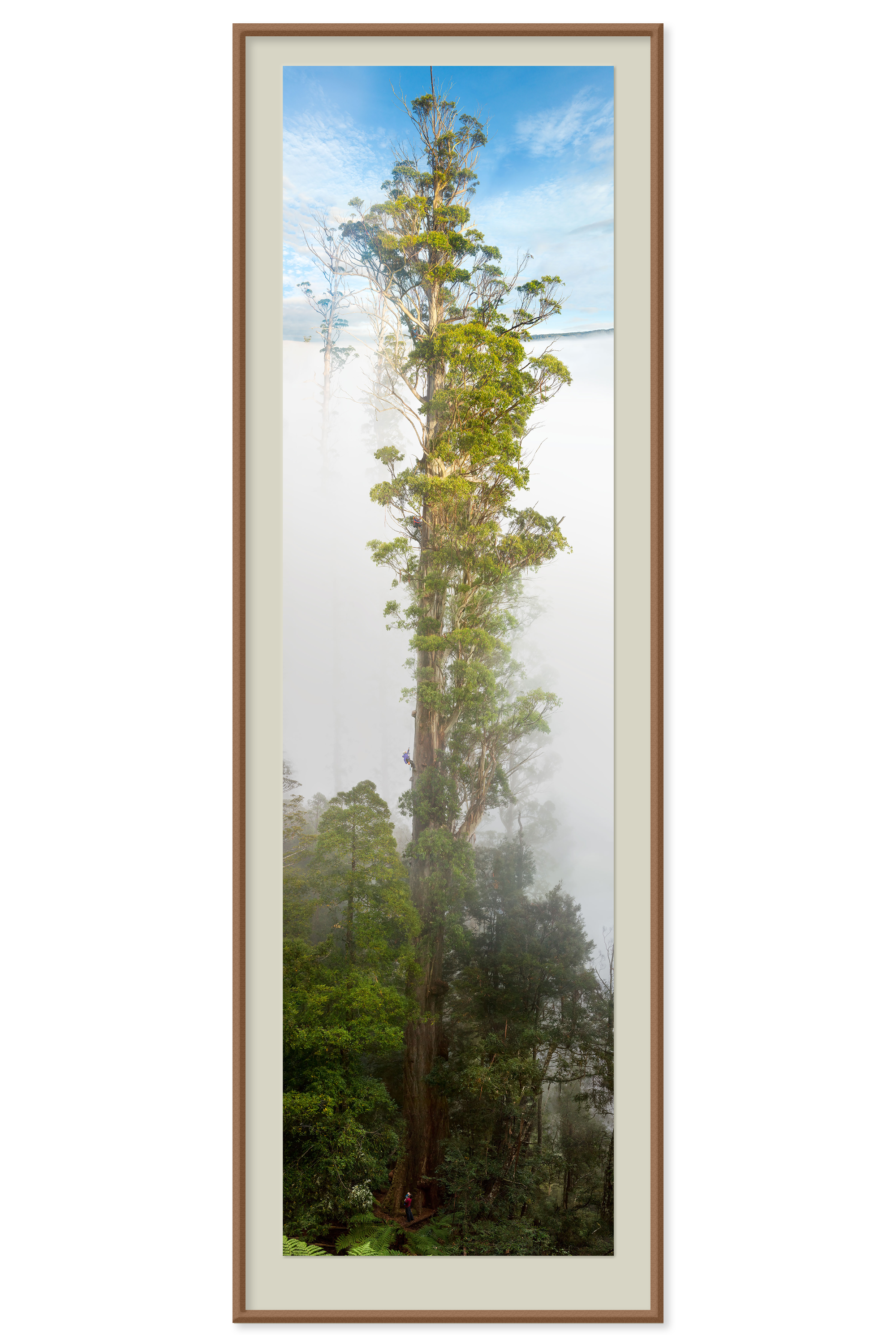
2016 Gandalf's Staff, Tasmania (Eucalyptus regnans)
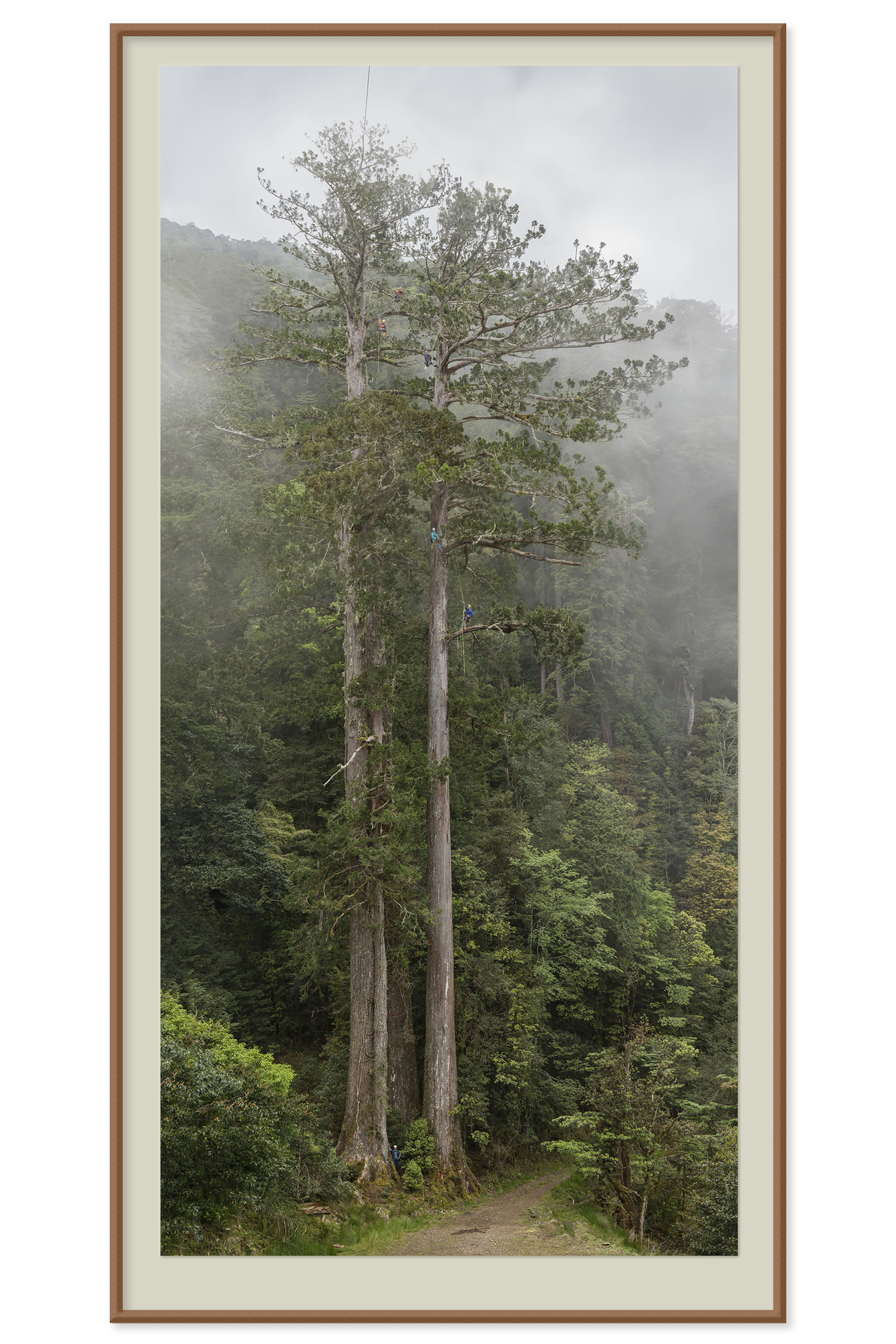
2017 The Three Sisters, Taiwan (Taiwania cryptomerioides)
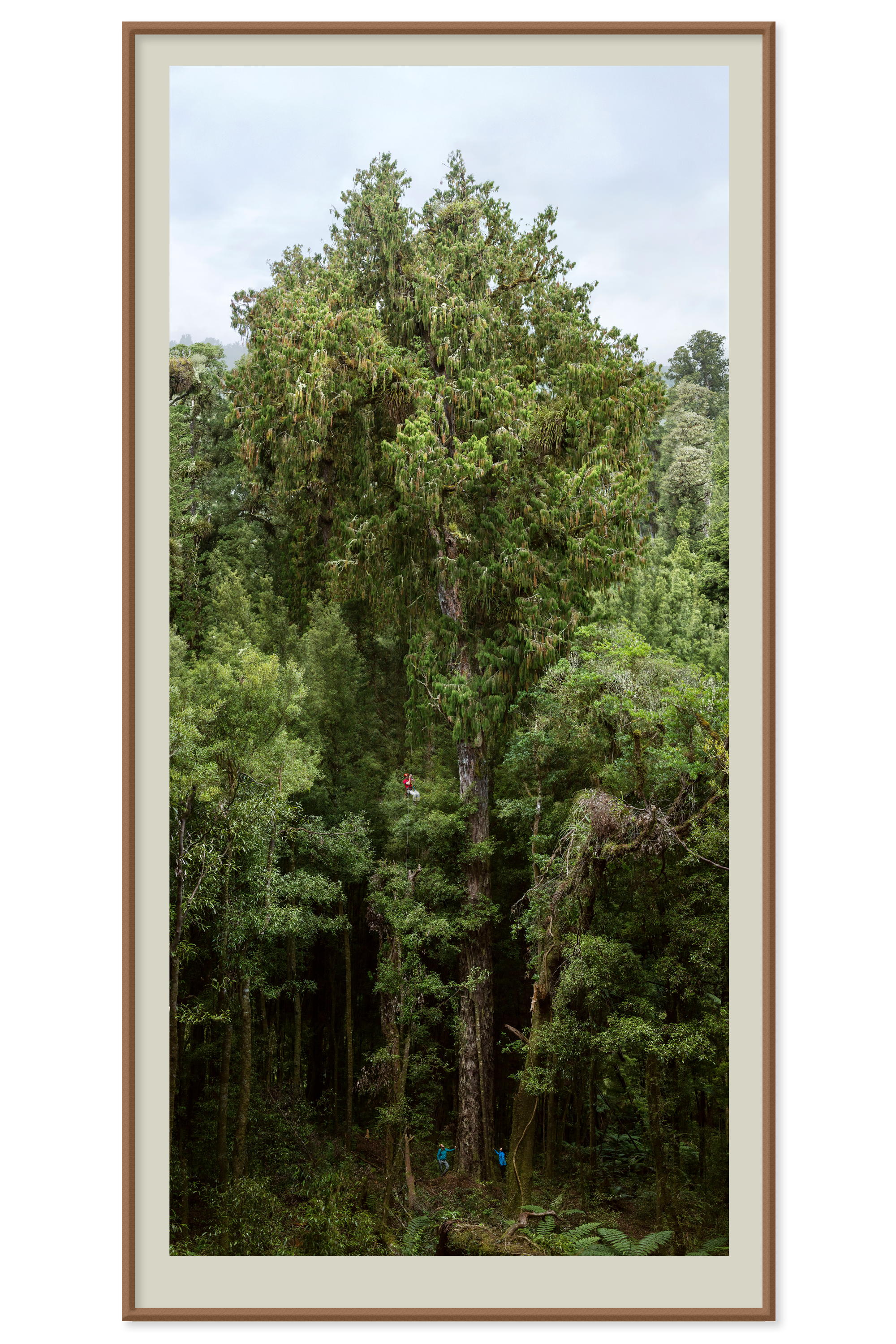
2015 Rimu, New Zealand (Dacrydium cupressinum)
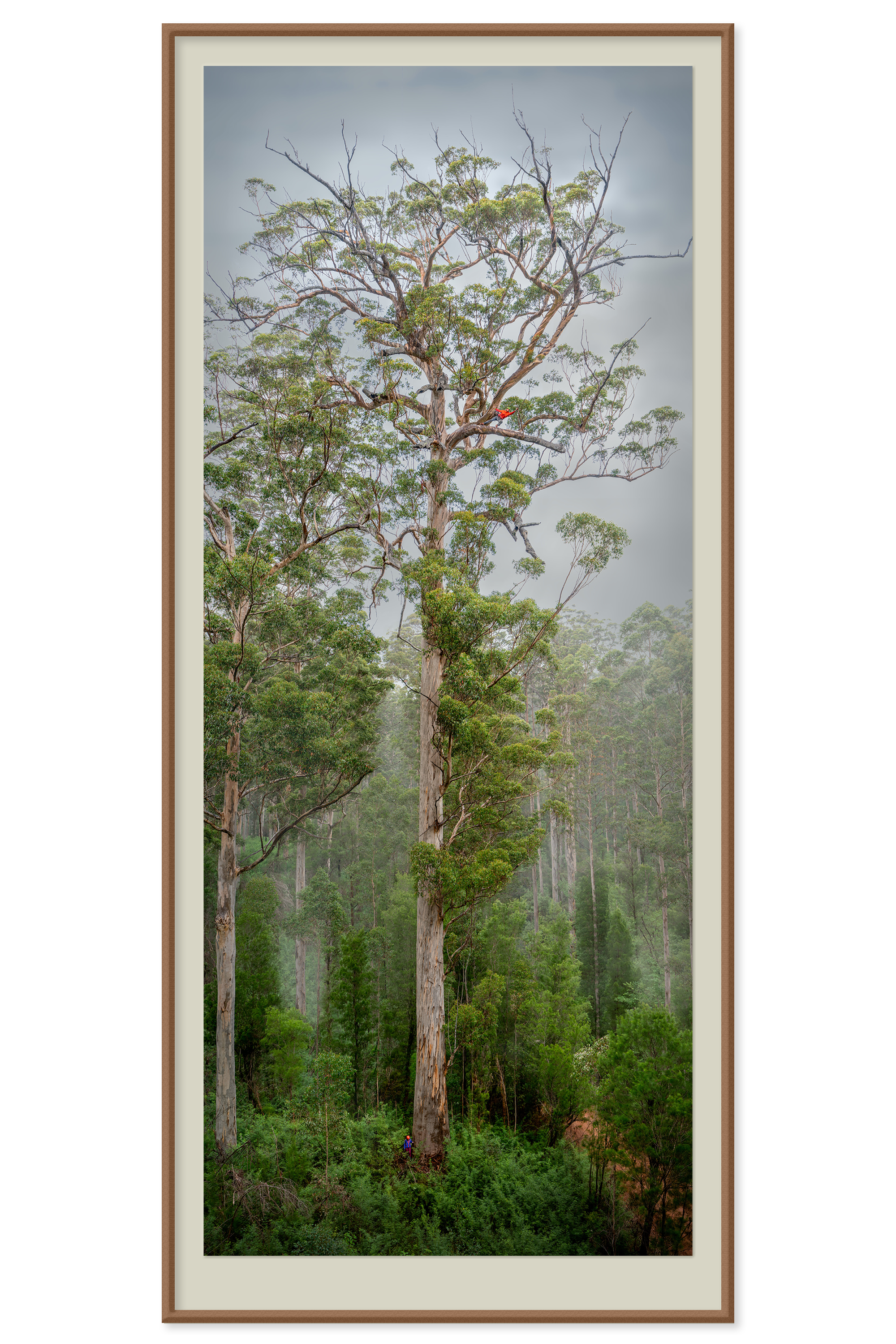
2019 King Karri, Western Australia (Eucalyptus diversicolor)
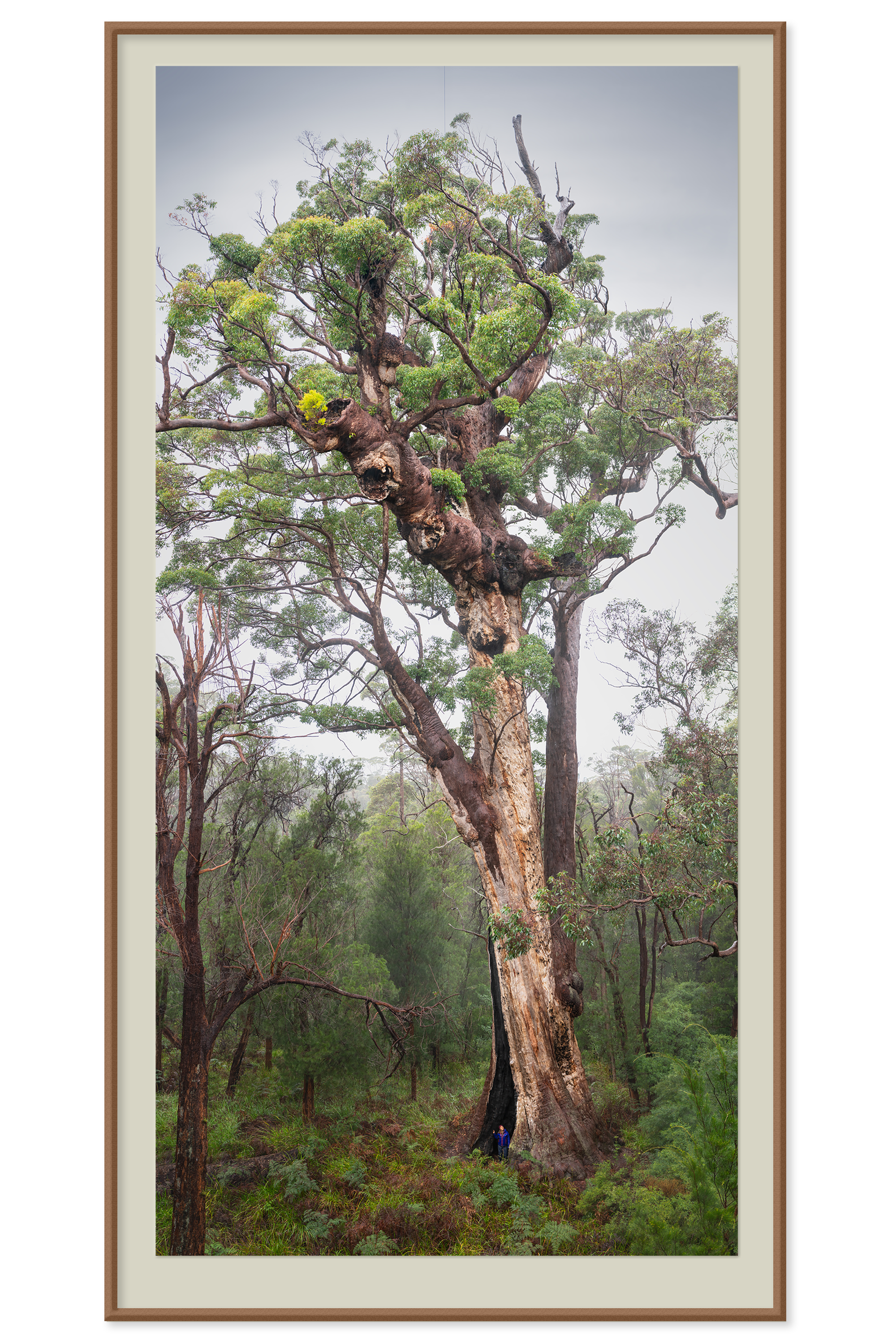
2019 Walpole Excellence, Western Australia (Eucalyptus jacksonii)
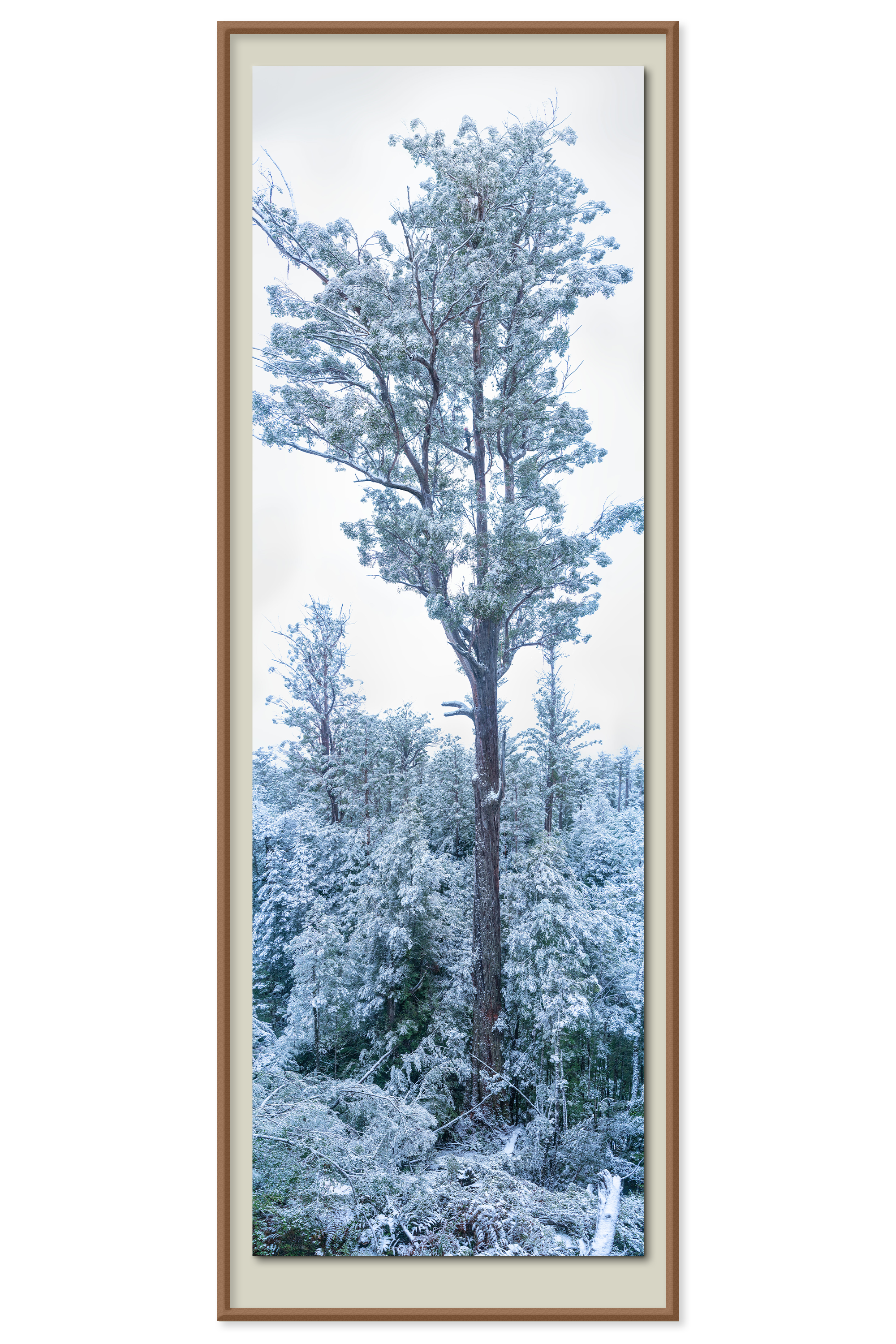
2021 Winter Trident, Tasmania (Eucalyptus obliqua)
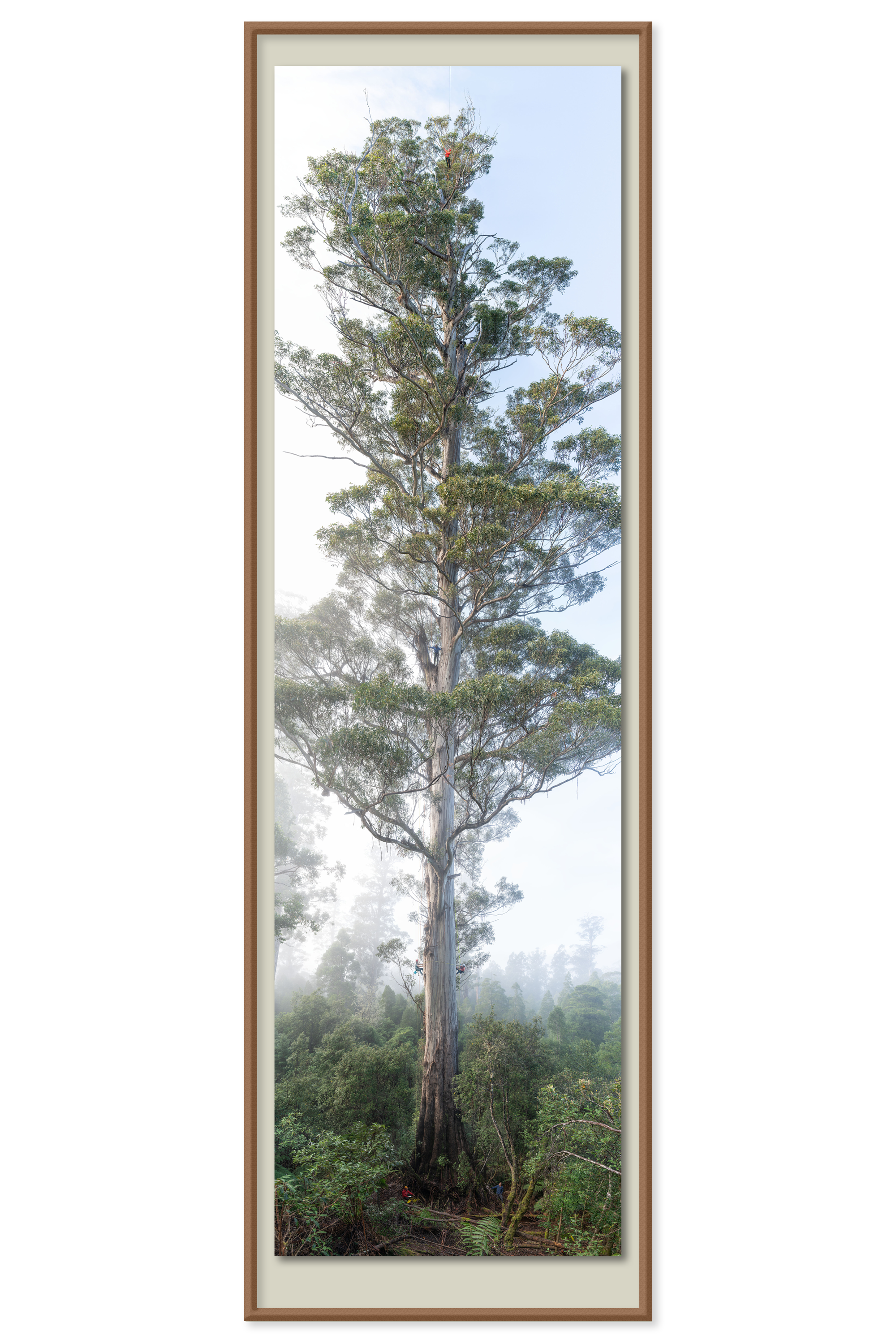
2022 Lathamus Keep, Tasmania (Eucalyptus globulus)
HOW TO PHOTOGRAPH A GIANT
Why not just use a drone?
We have the expertise to install these complex rigging systems over the top of and through a forest environment. We also understand that the weather and environment must be part of the image. Our system can operate in the rain, snow and mist which are conditions not suited to drones. The way we conceptualise how the tree and forest should be represented is with the least amount of technology, people and noise. A heavy lift drone can get the job done quickly, we prefer better.
Big job, small gear
Our system was borne from necessity and refined by practice and simplicity not bigger and better technology. Over the years we’ve transitioned to smaller and smaller lines and incorporated gimbals to stabilise the camera. Currently we work with 1000m of line that weighs less than 5kg and a camera package that is less than 3 kg. This reductive approach to development now allows us to hike in our system to any tree, in any forest, anywhere on the globe with ease.
More time for the win
Being built from minimal materials we have the luxury of time and choice. During our Winter Trident project we installed our system months in advance when the weather was ideal for climbing. As winter approached we studied the weather systems of previous years. When winter arrived and the weather system most likely to produce snow started moving in we were ready. The day before the weather hit we prepared our selves to be snowed in and then camped close to the tree. Late in the afternoon it began to snow.
Continuing the work of two imaging pioneers
We are so pleased that this work is being continued.
-James Balog, Earth Vision Institute
While we have been championing Tree Portraits for many years now the origin of the technique belongs to James Balog. In 2002 James with a team of climbers set about to photograph a giant coast redwood. At the time digital cameras were in their infancy and film still held the best quality and resolution.
You can not simply take a good photo, you must create a great image.
-Michael Nicols, National Geographic
Later in 2009 and 2012 Michael Nicols created his versions of James’s Tree Portrait. Michael recreated both a coastal redwood and giant sequoia Tree Portrait. This time the use of digital cameras and cinema level stabilising equipment Michael was able to achieve a greater resolution than film.
UNMATCHED RESOLUTION AND QUALITY
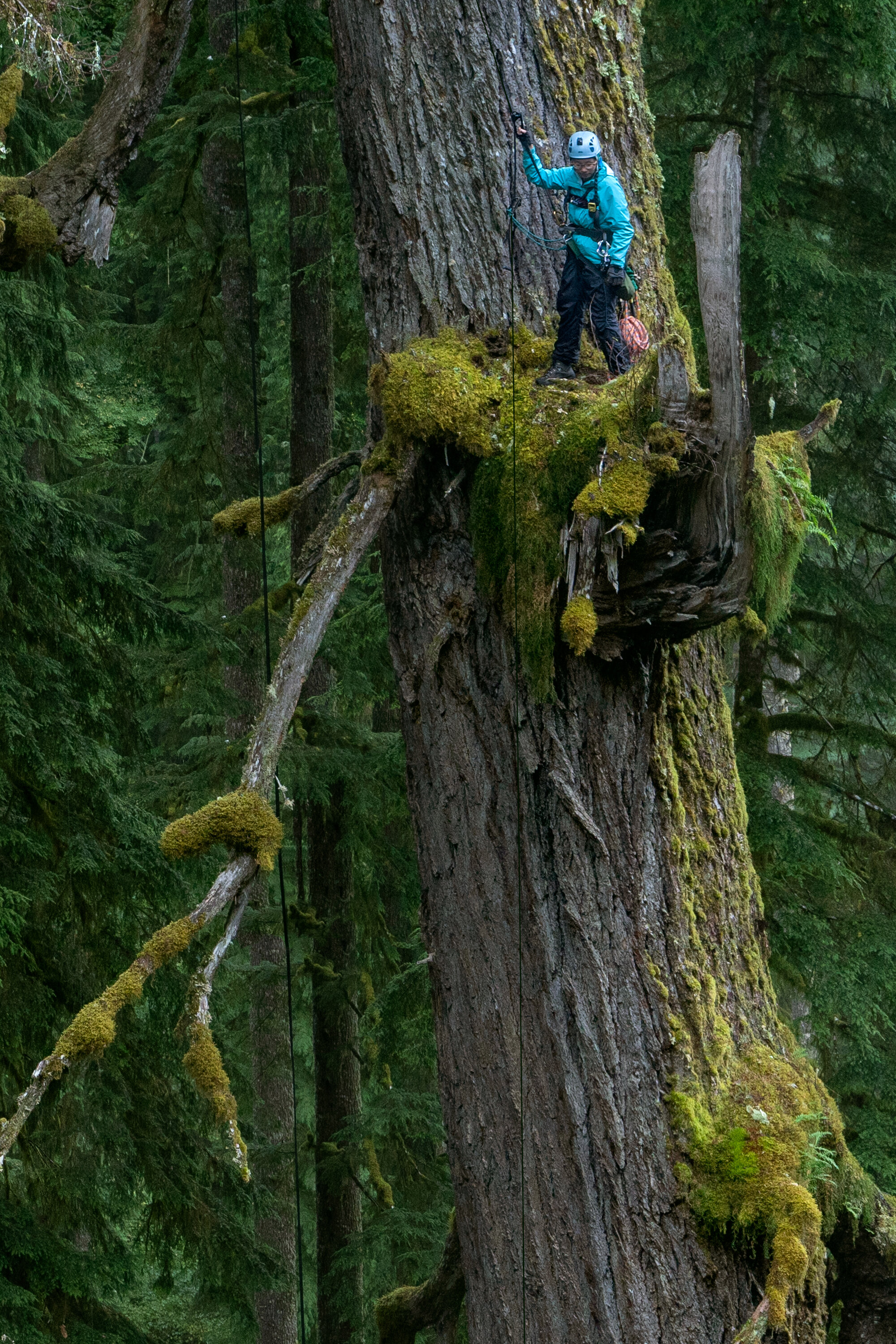
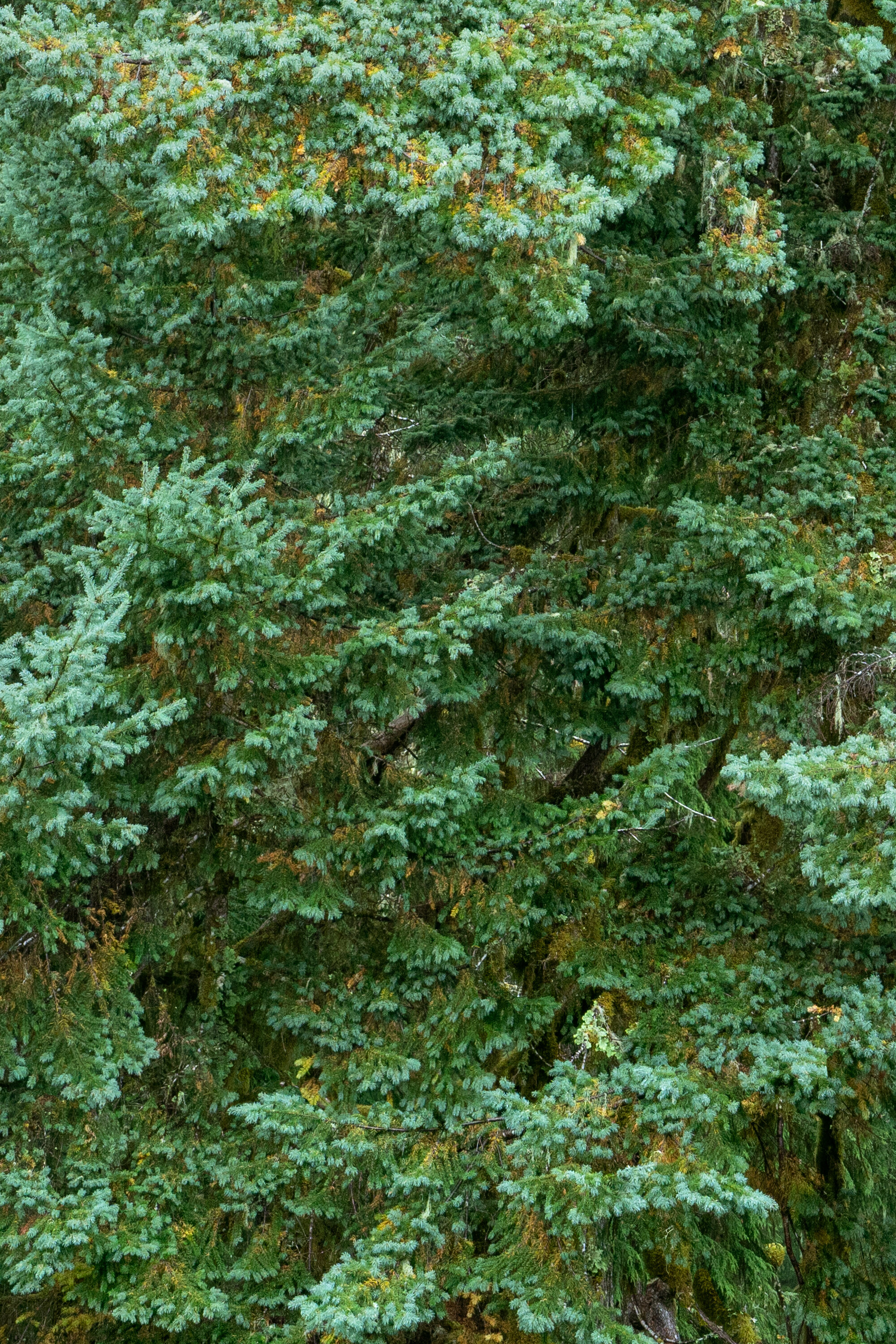
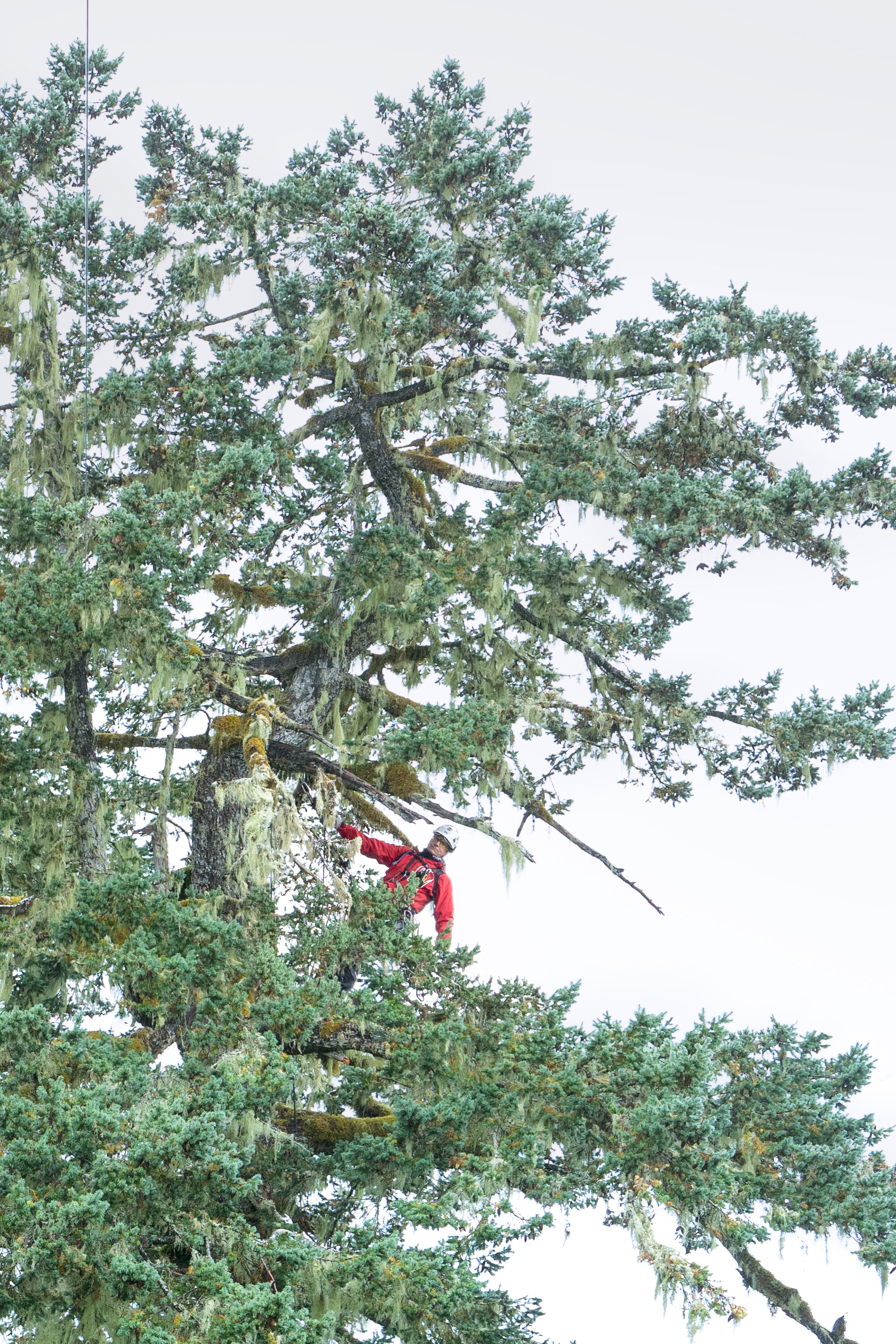
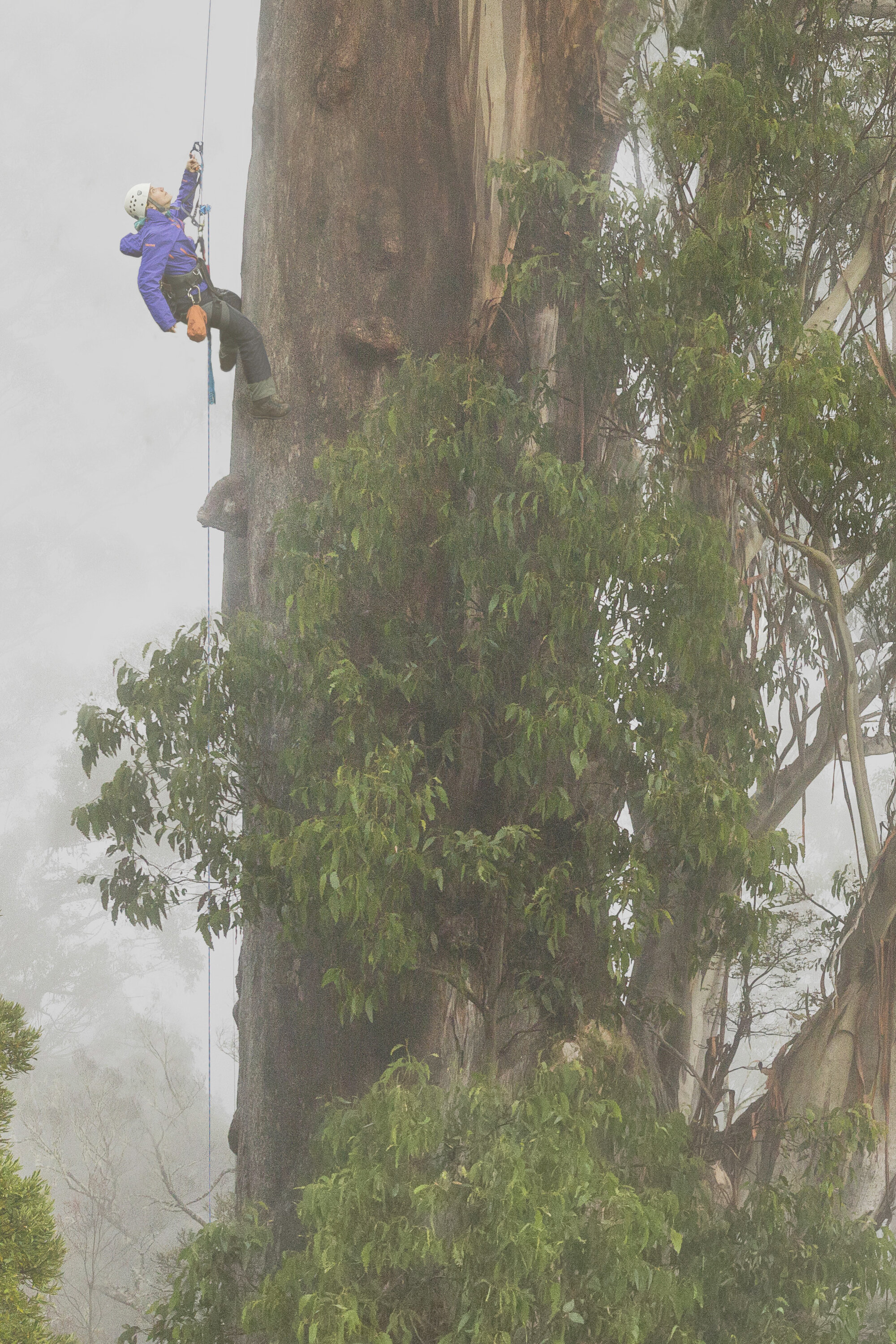
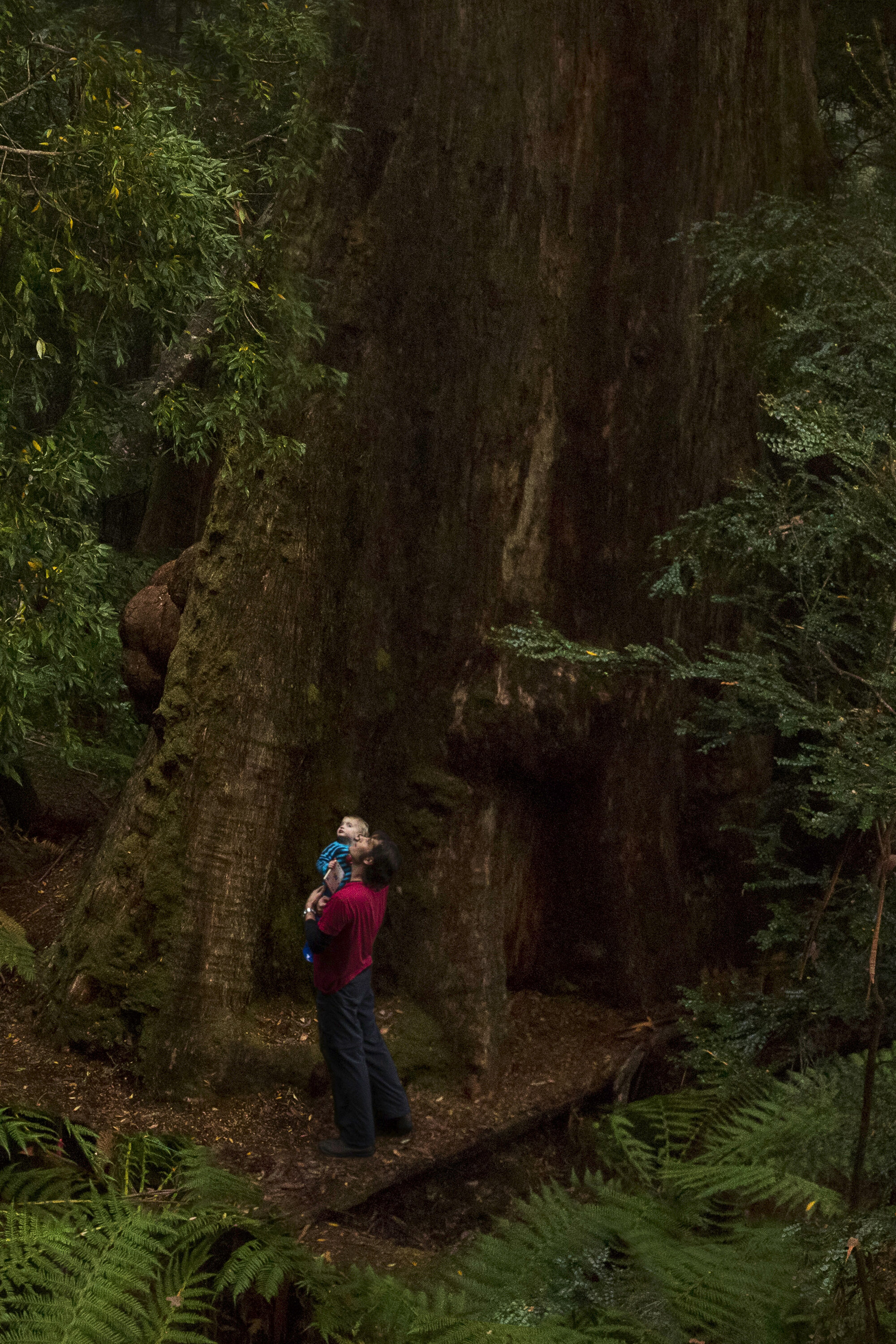
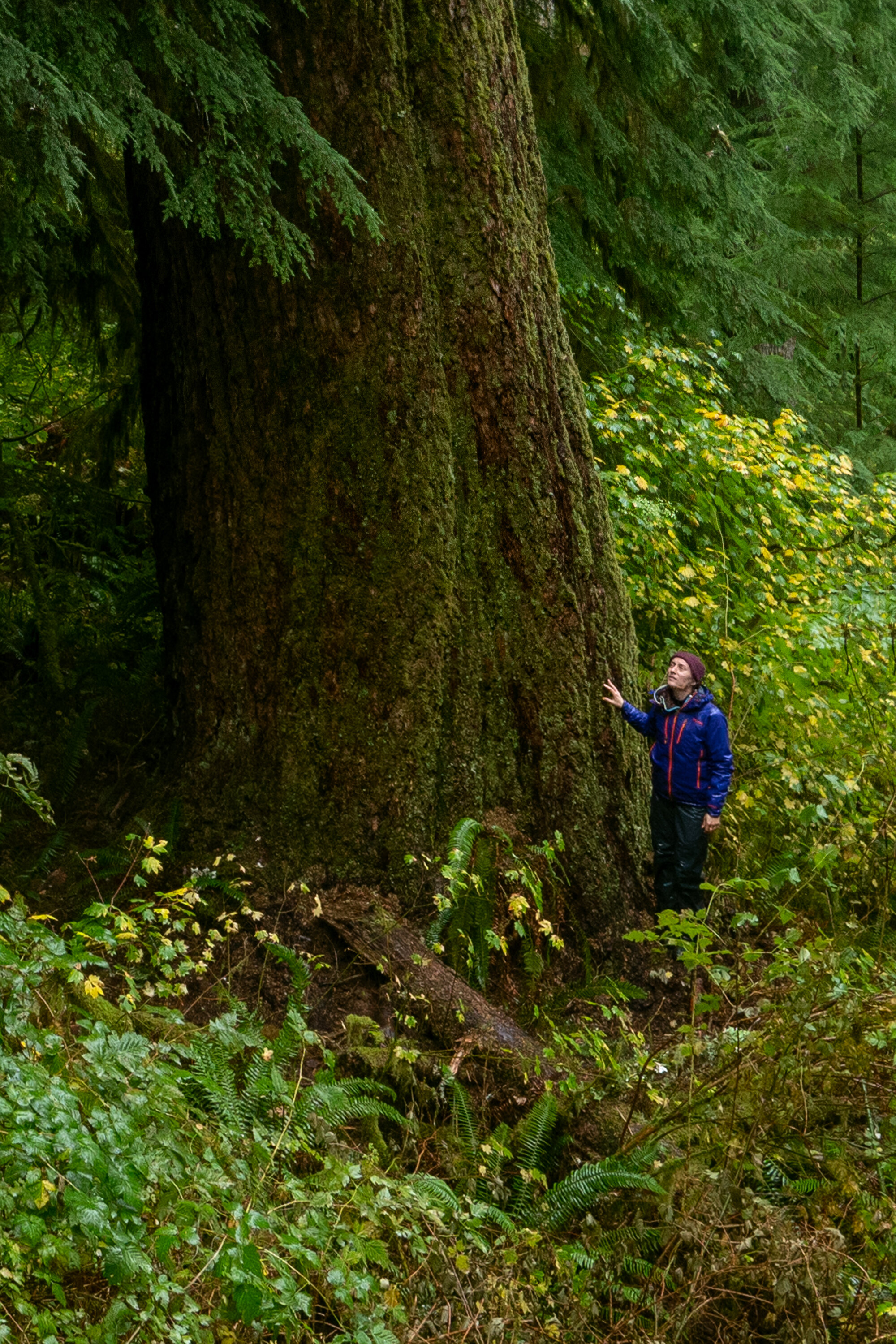
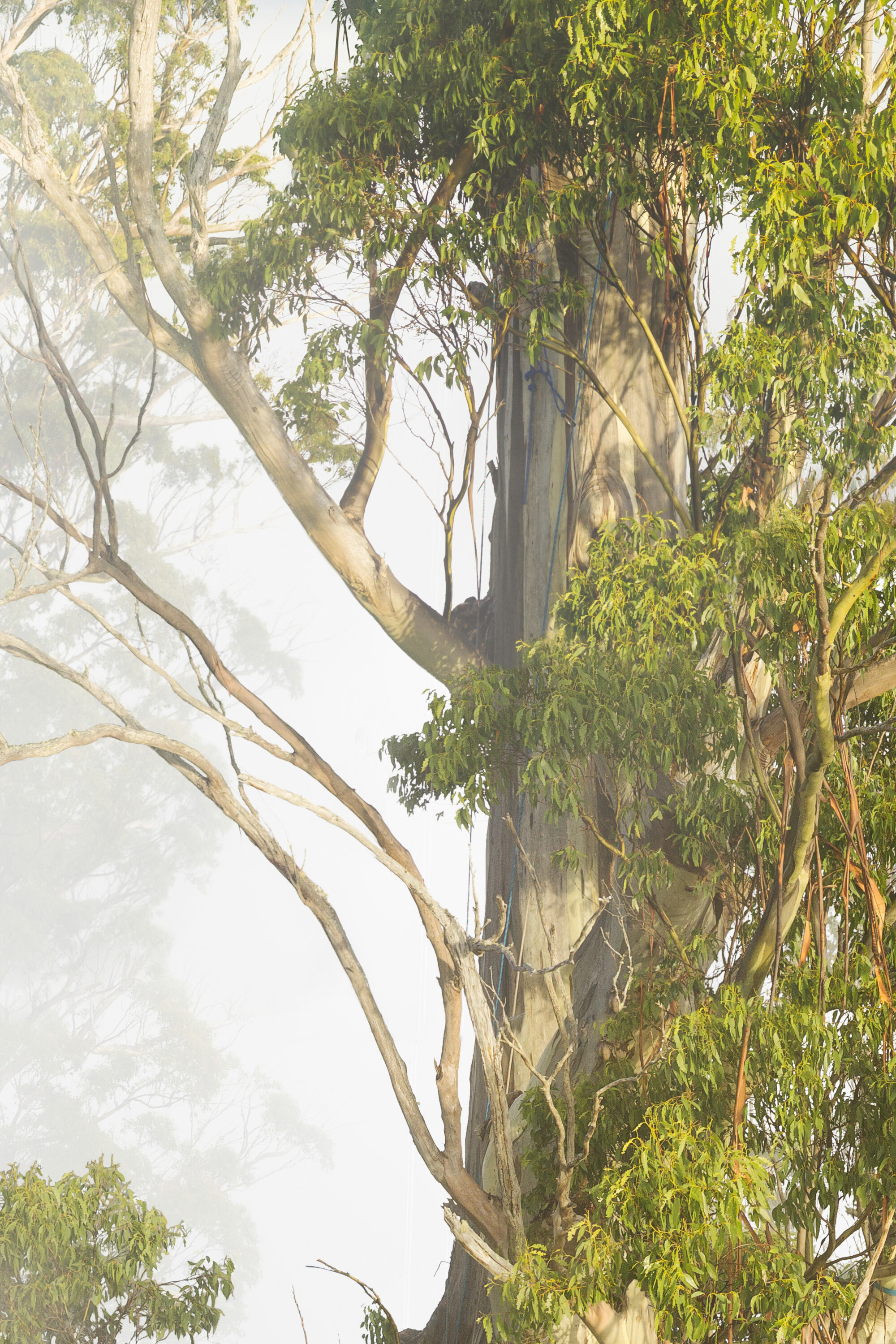
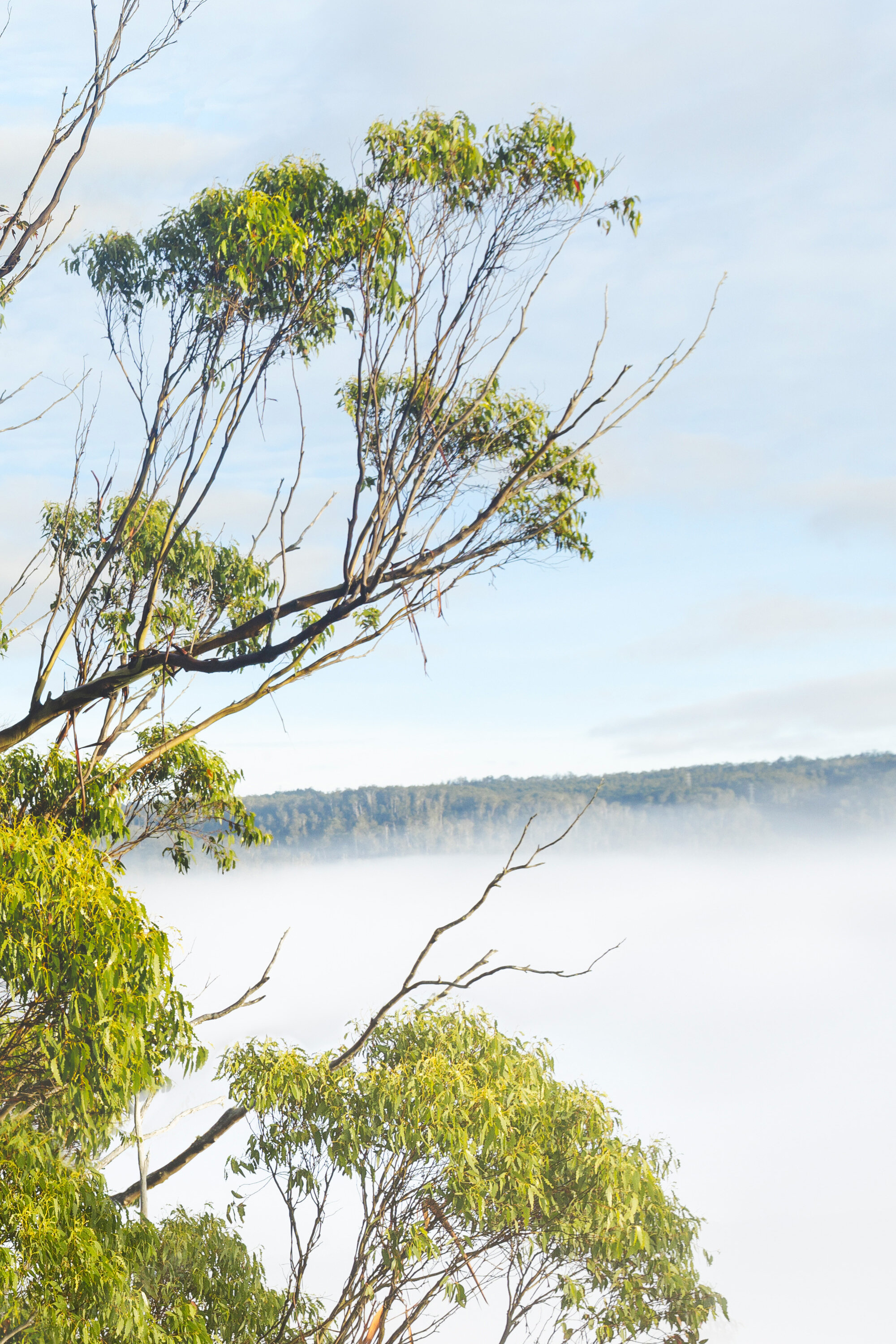
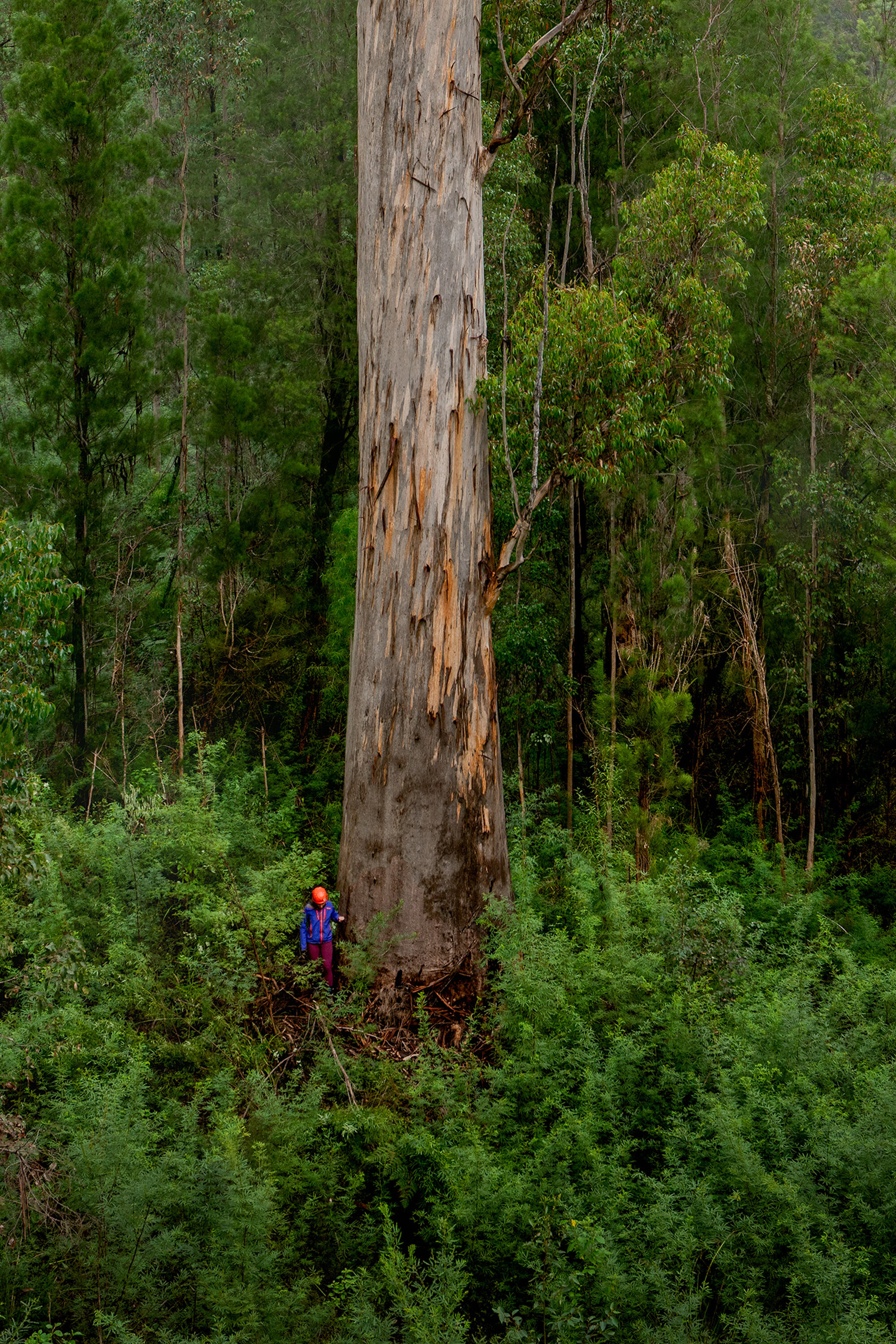
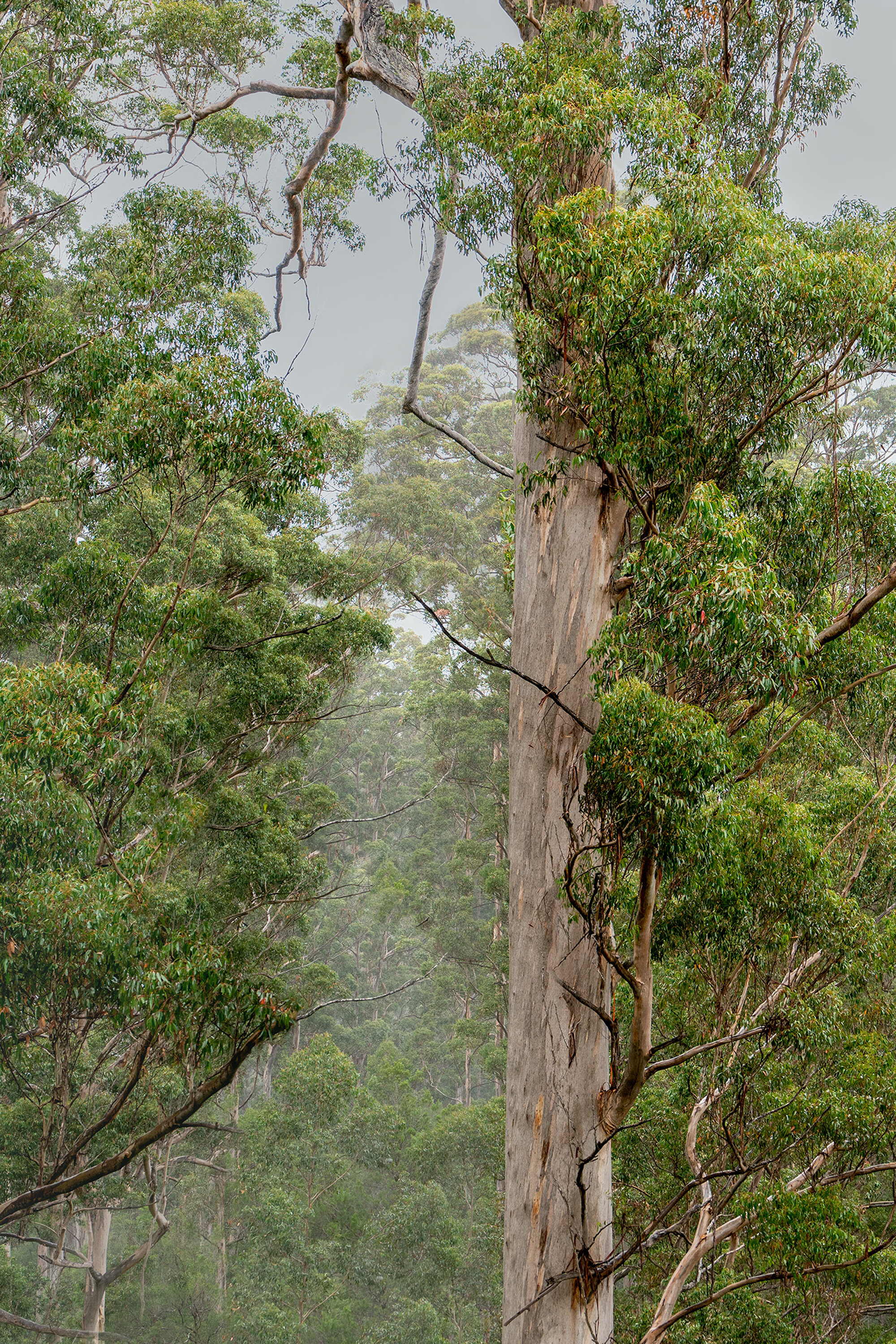
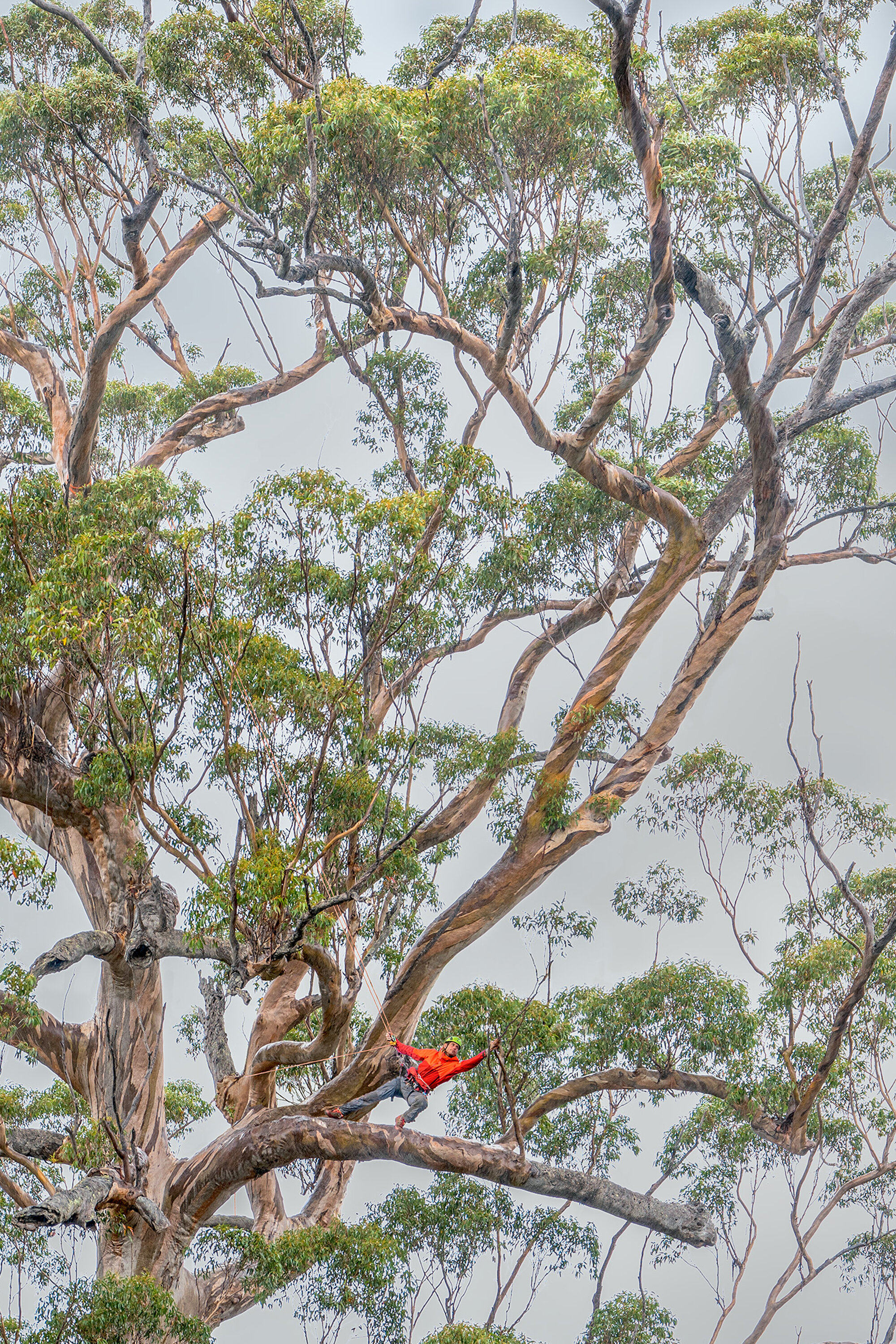
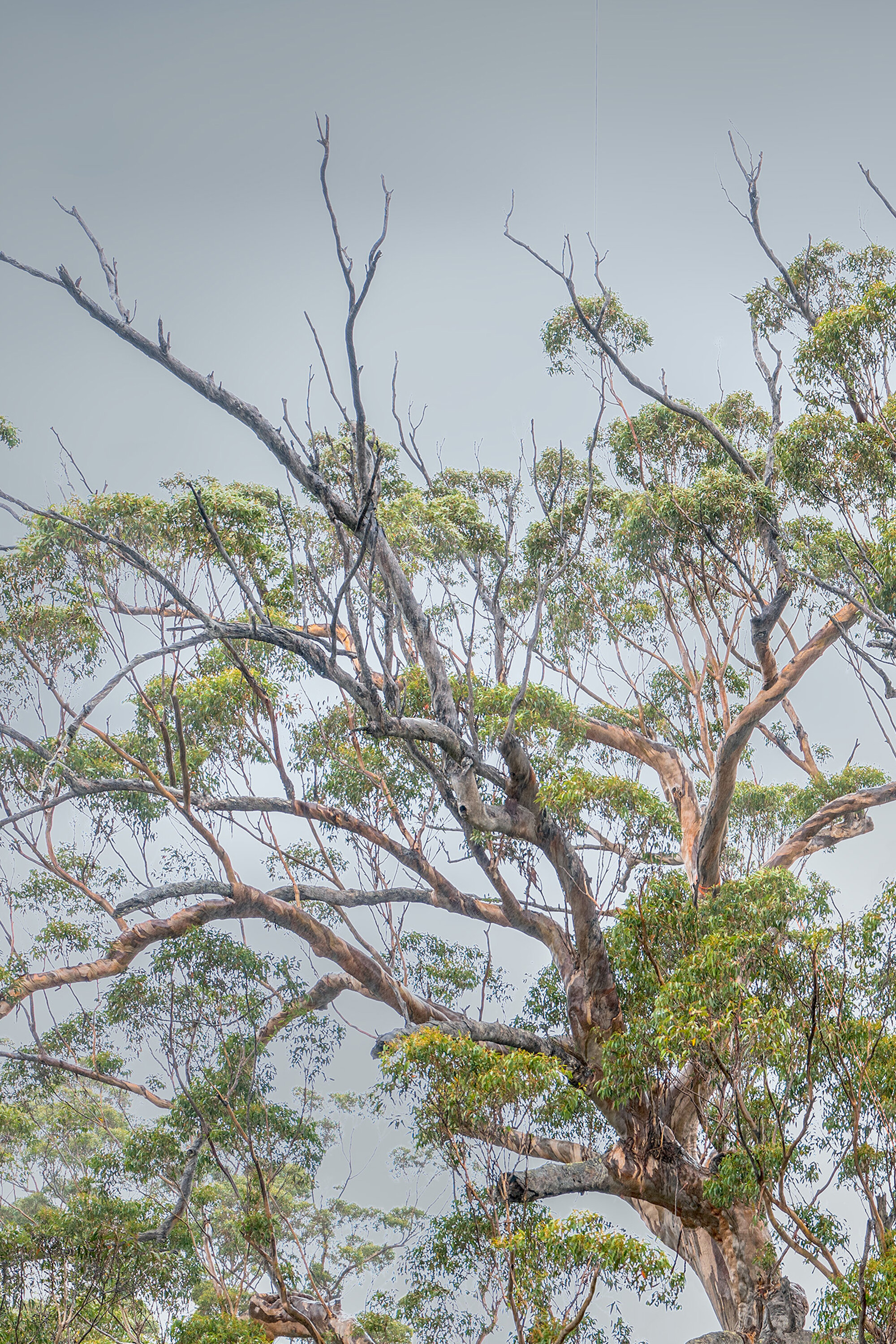
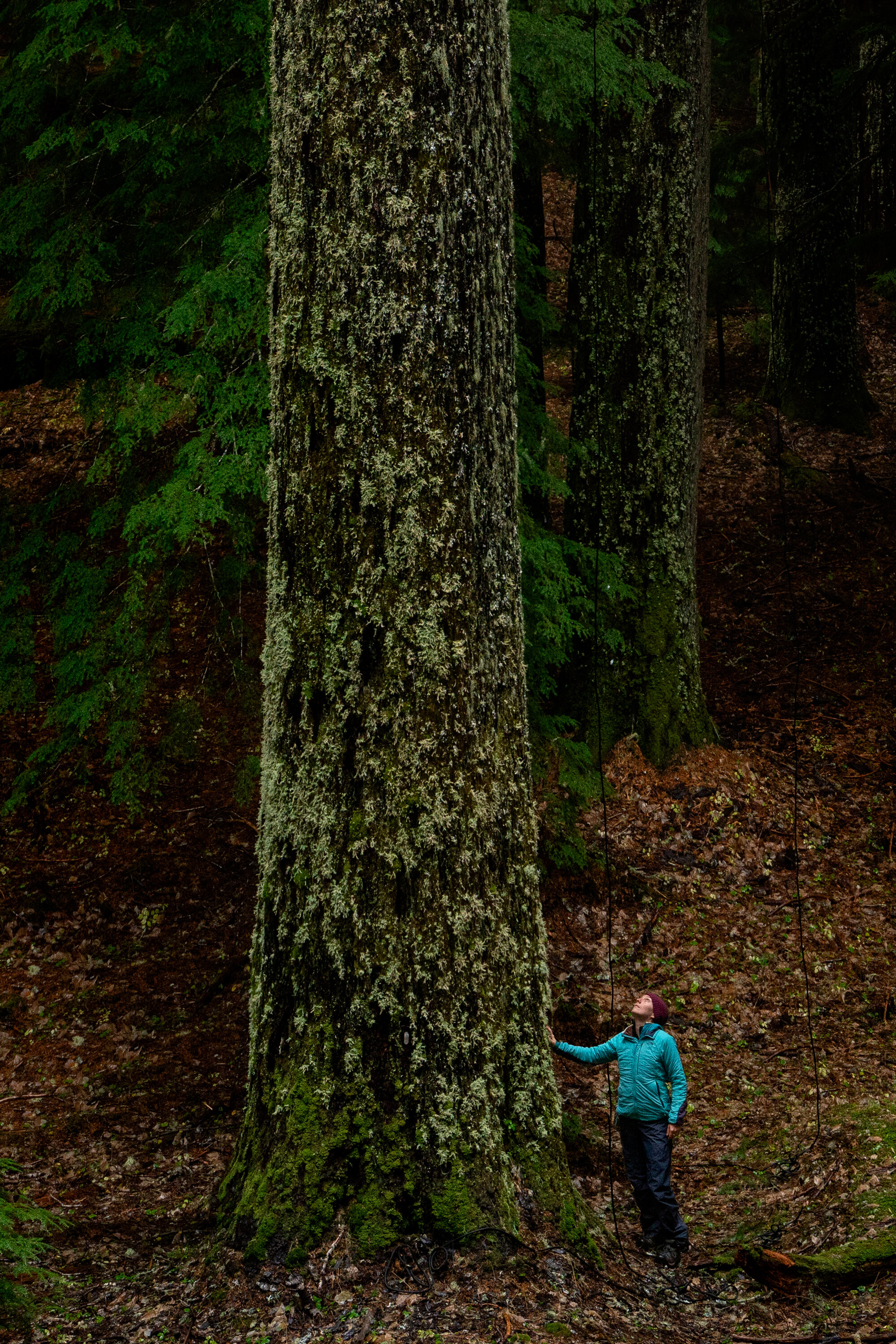
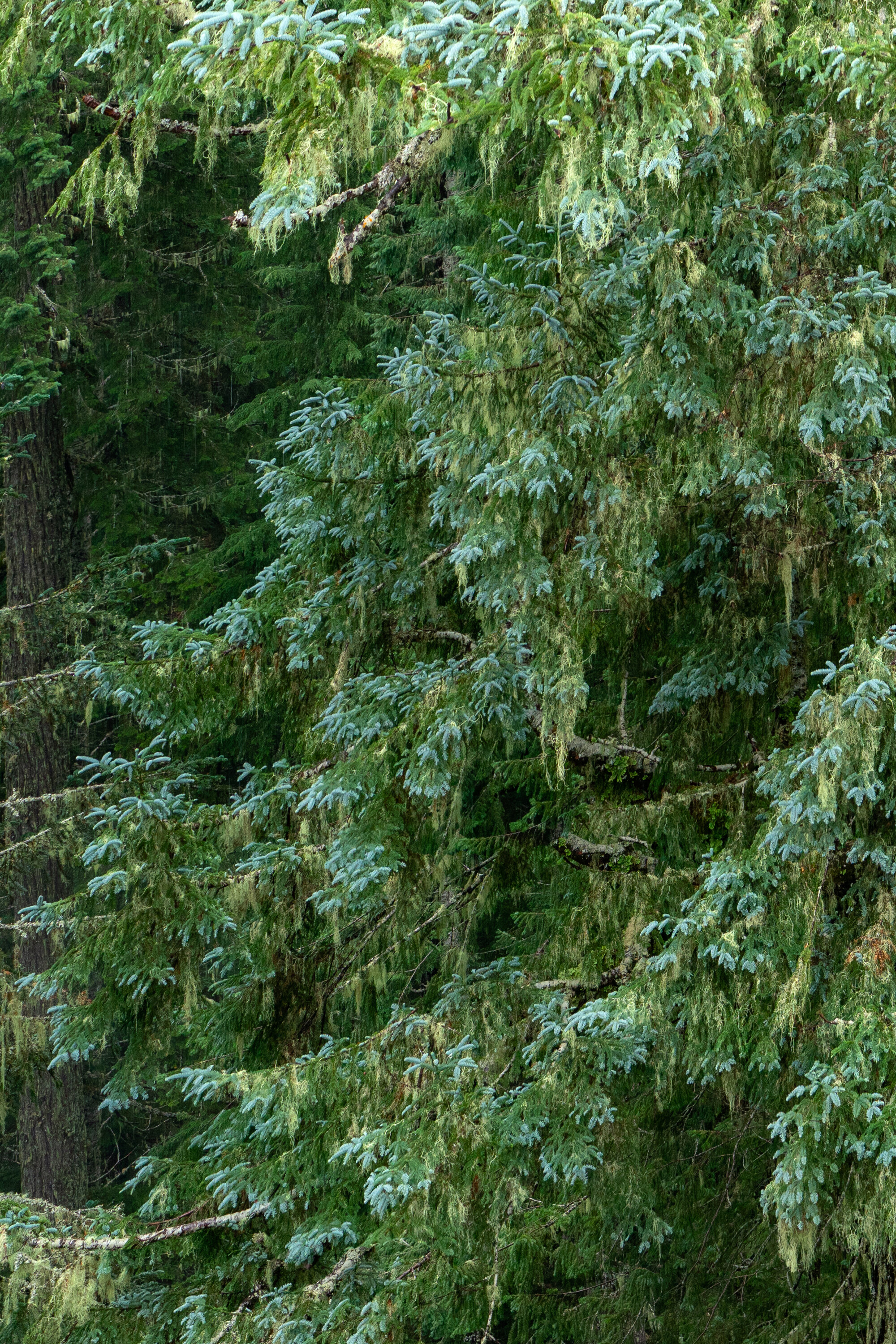

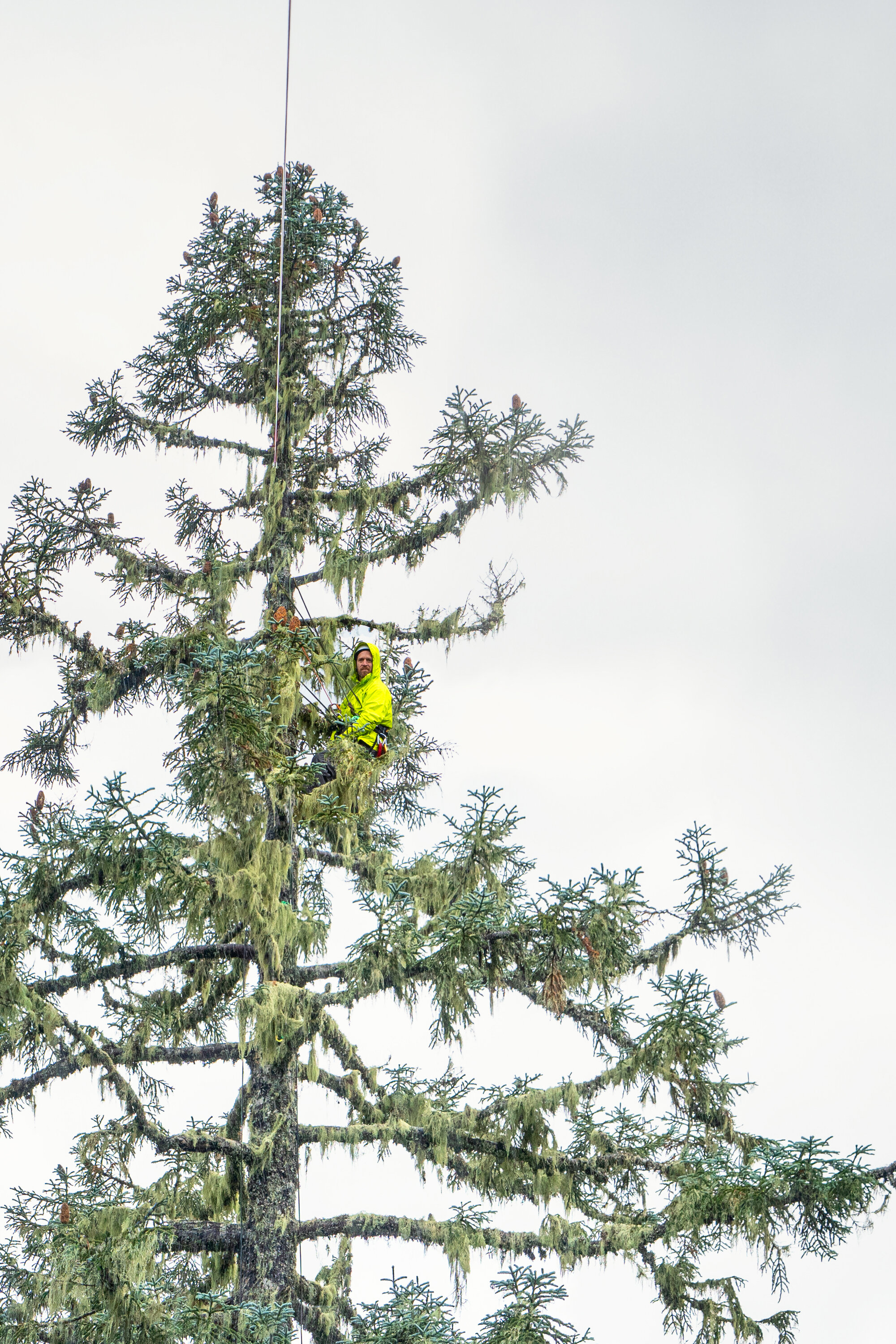
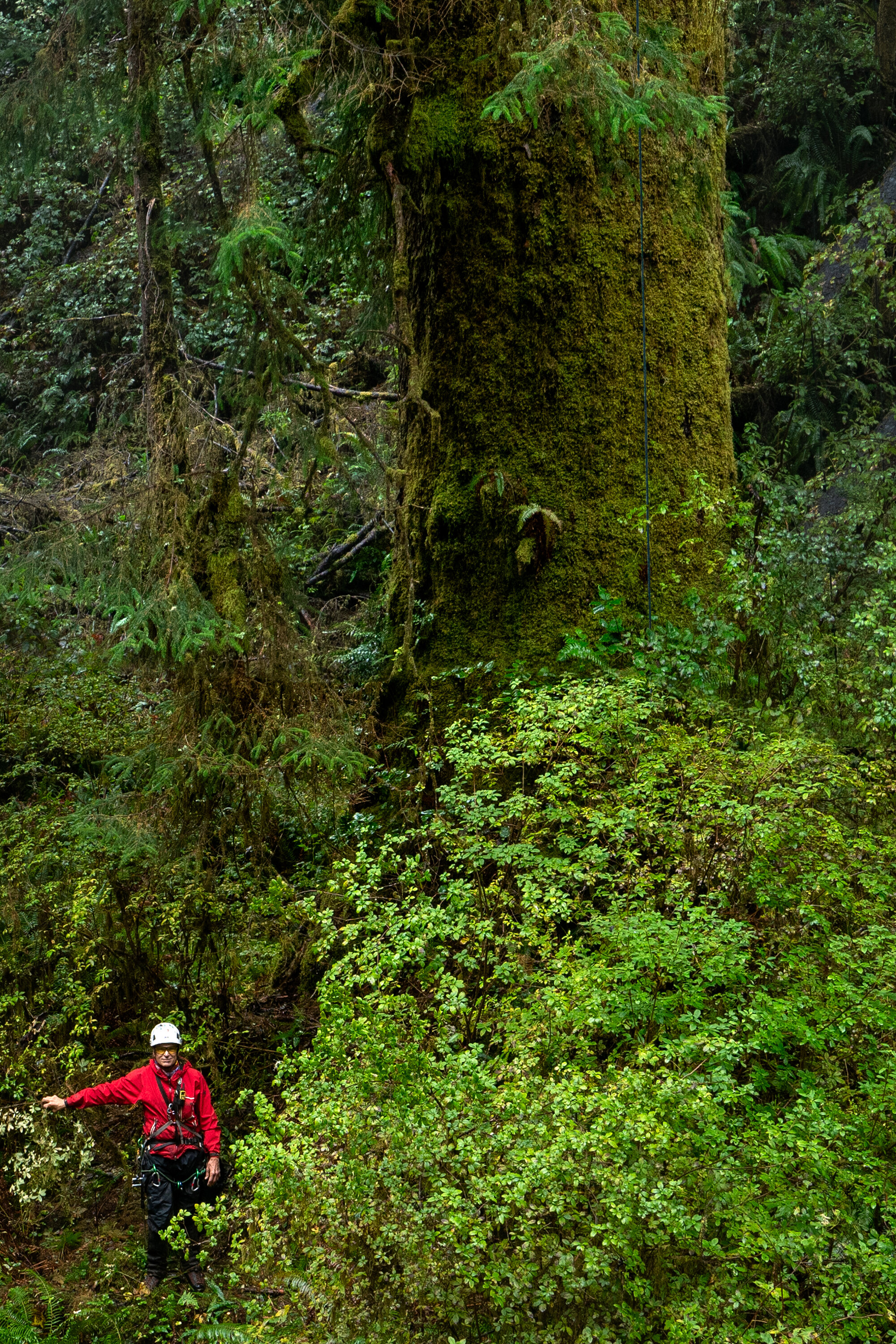
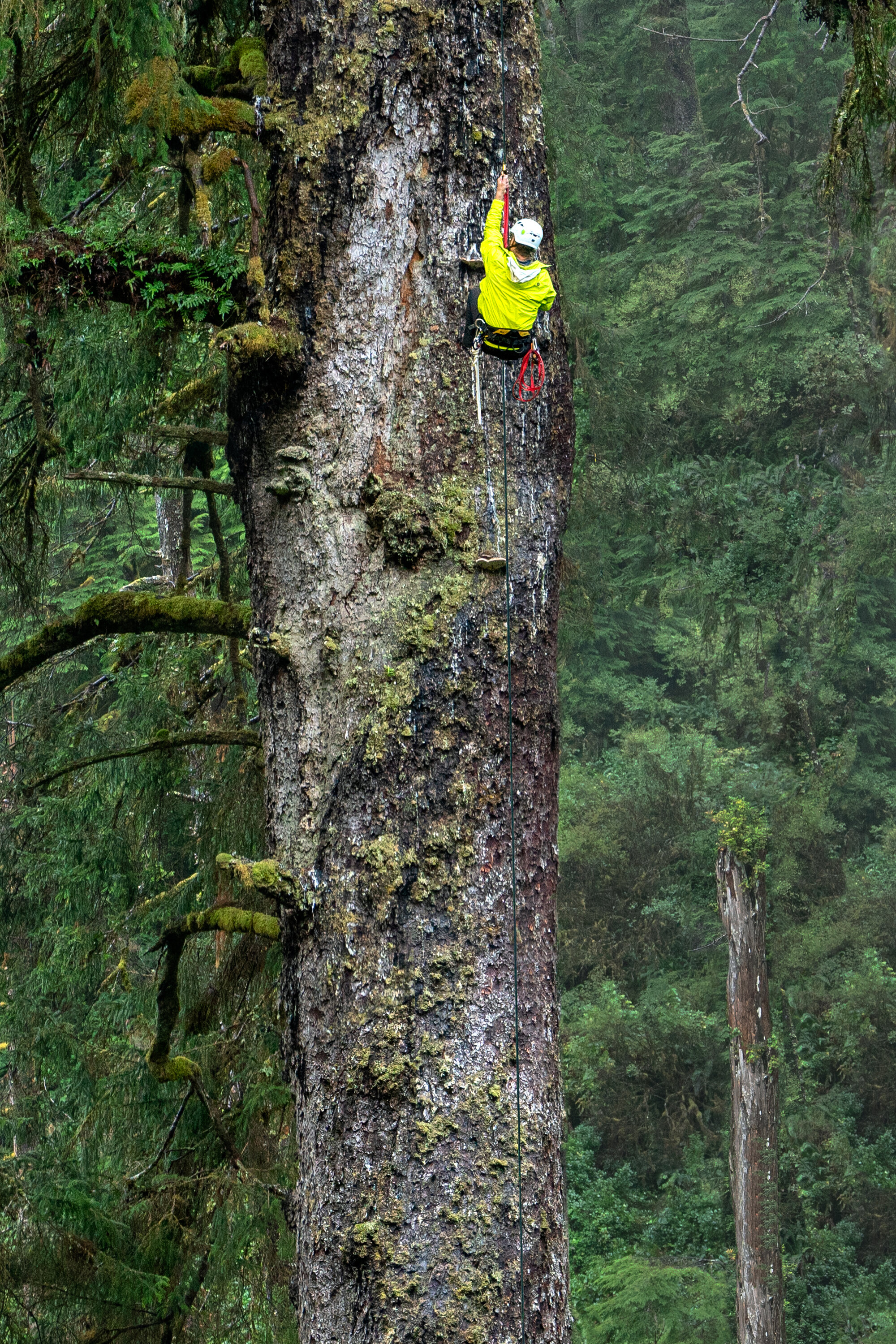
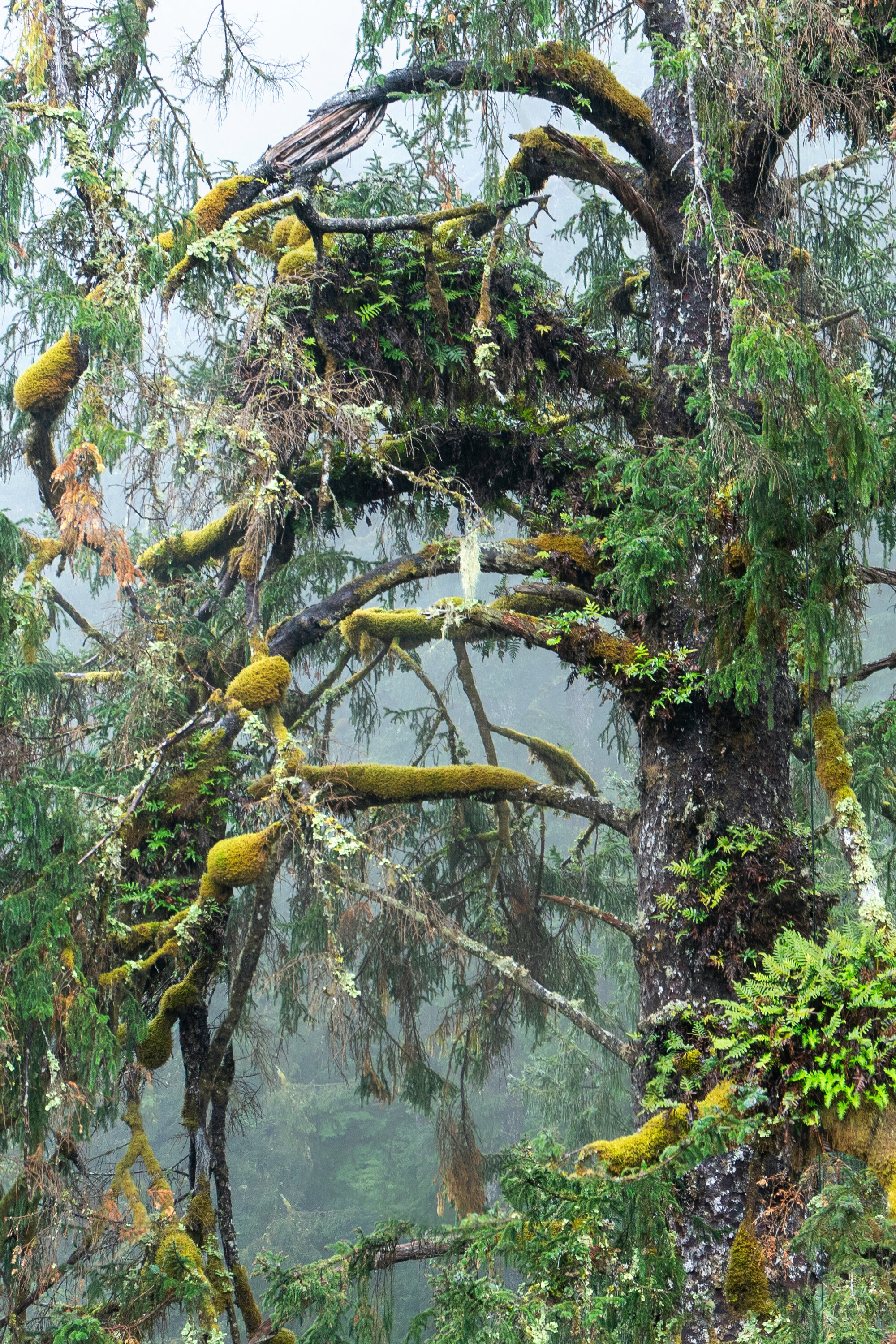
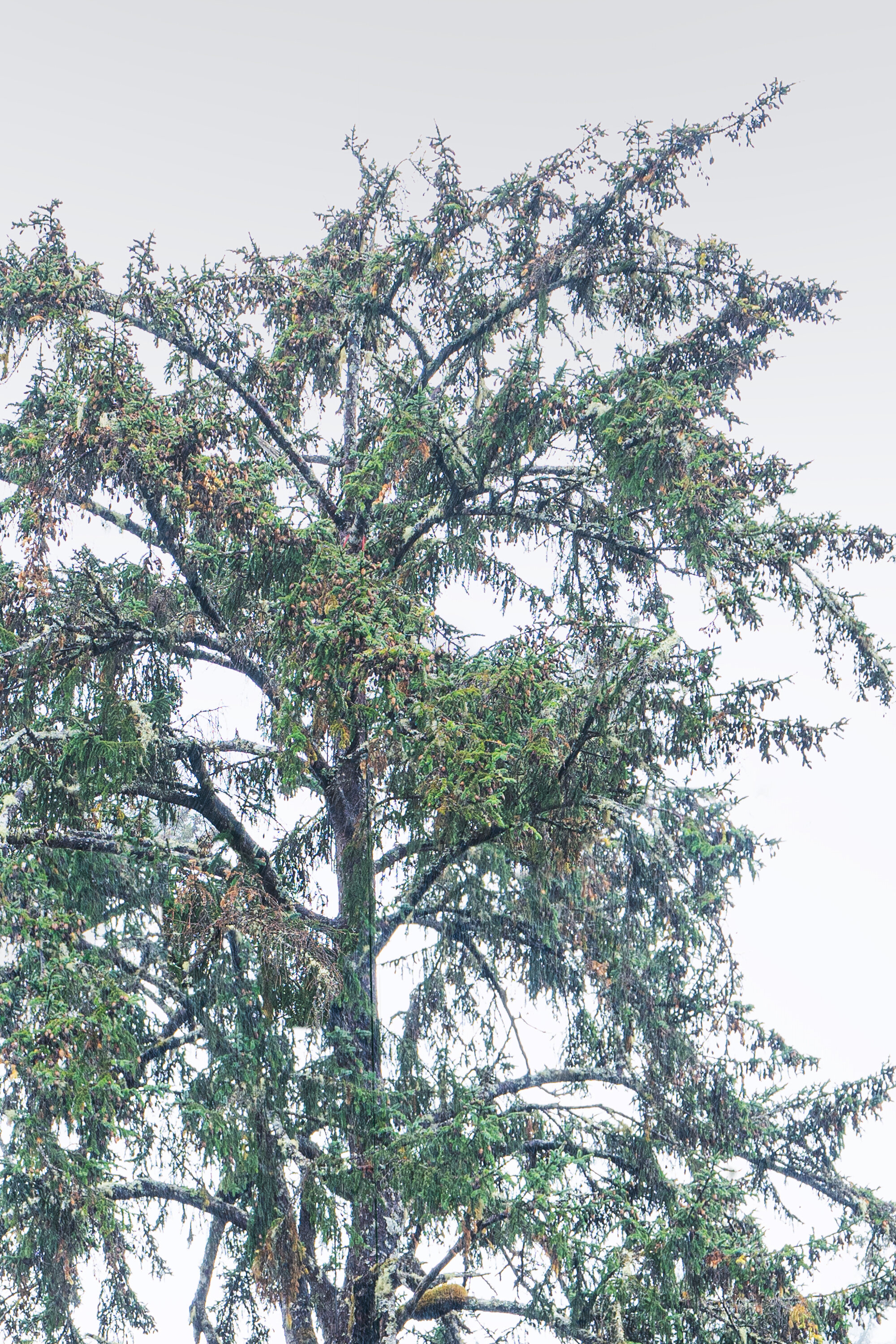
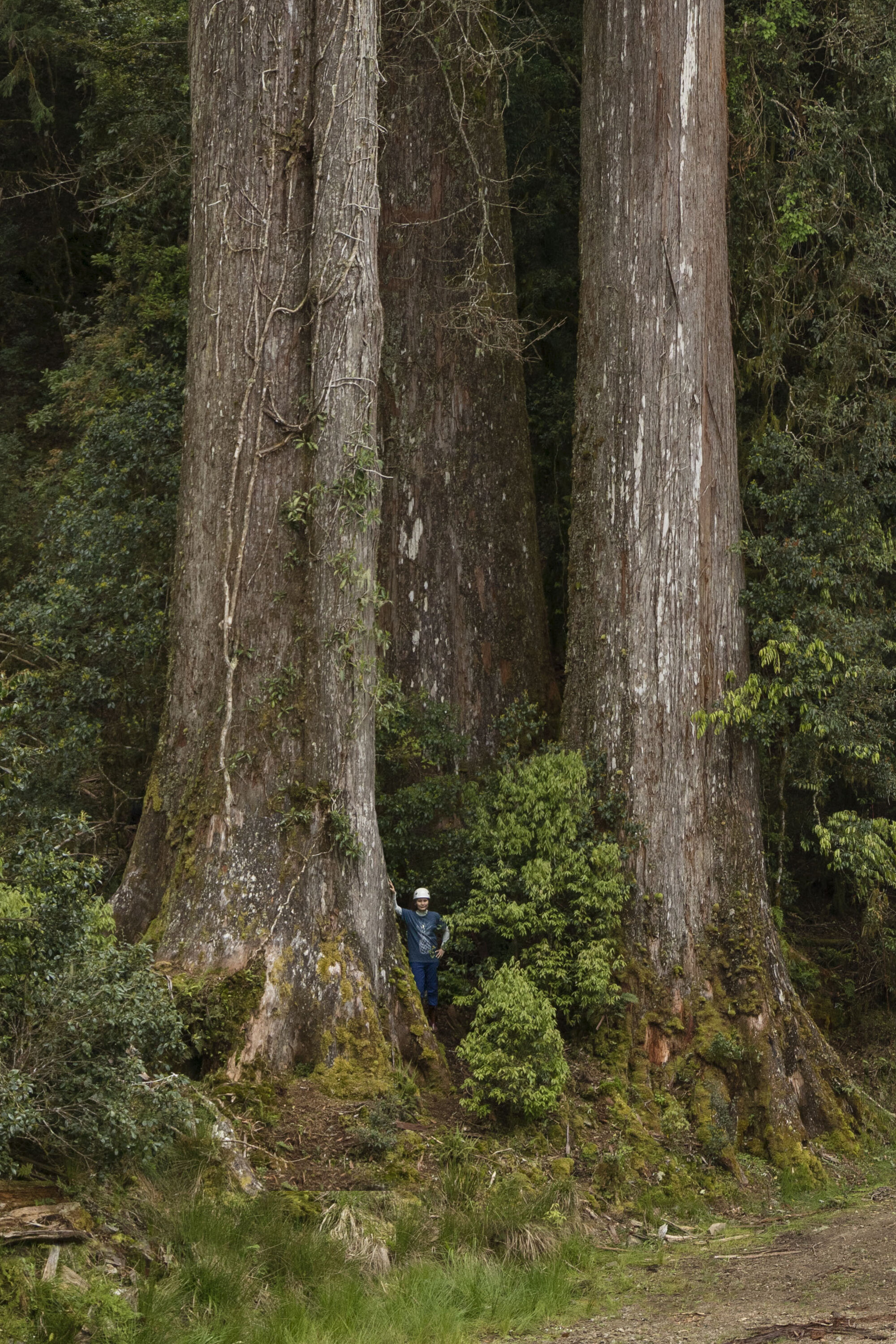
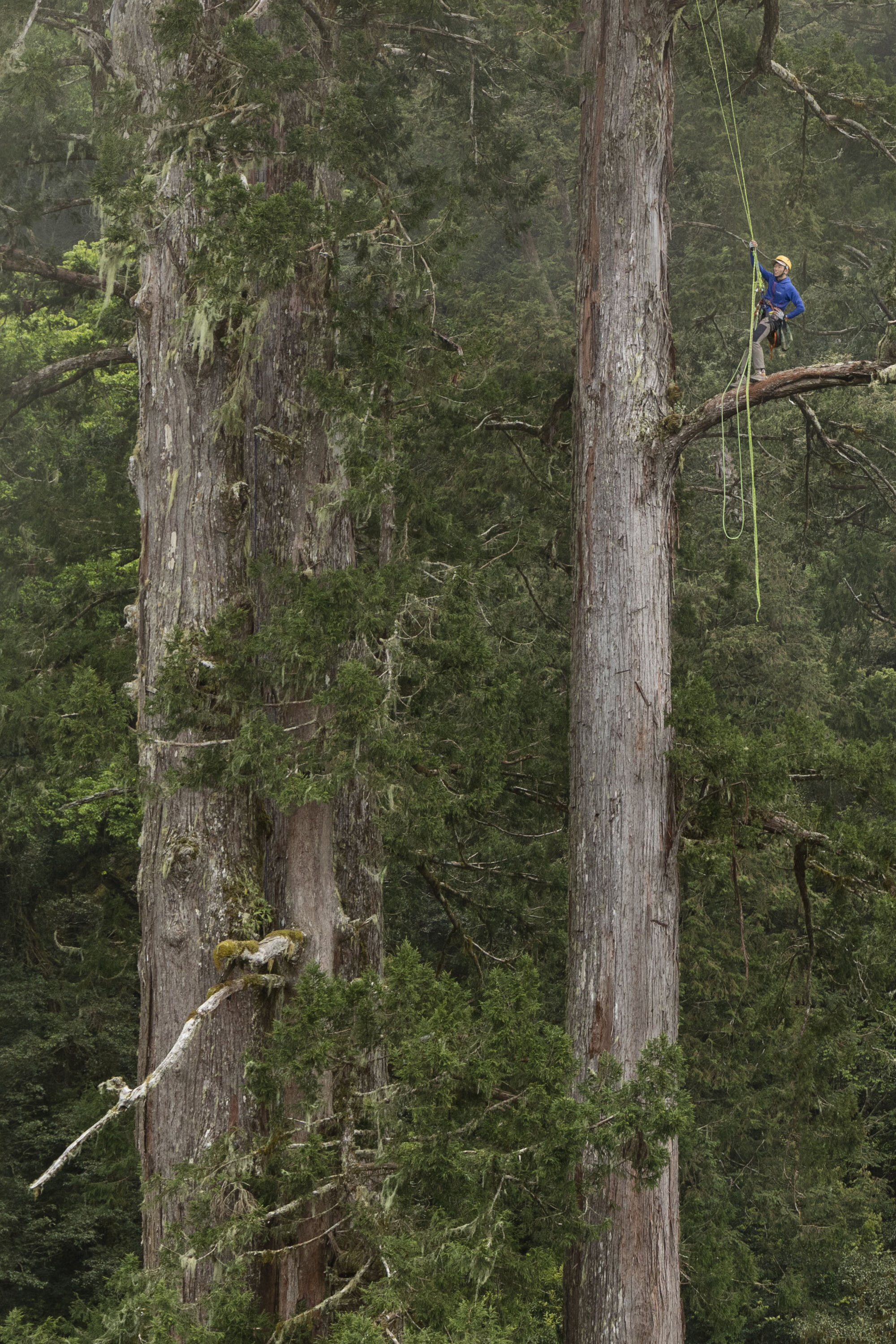
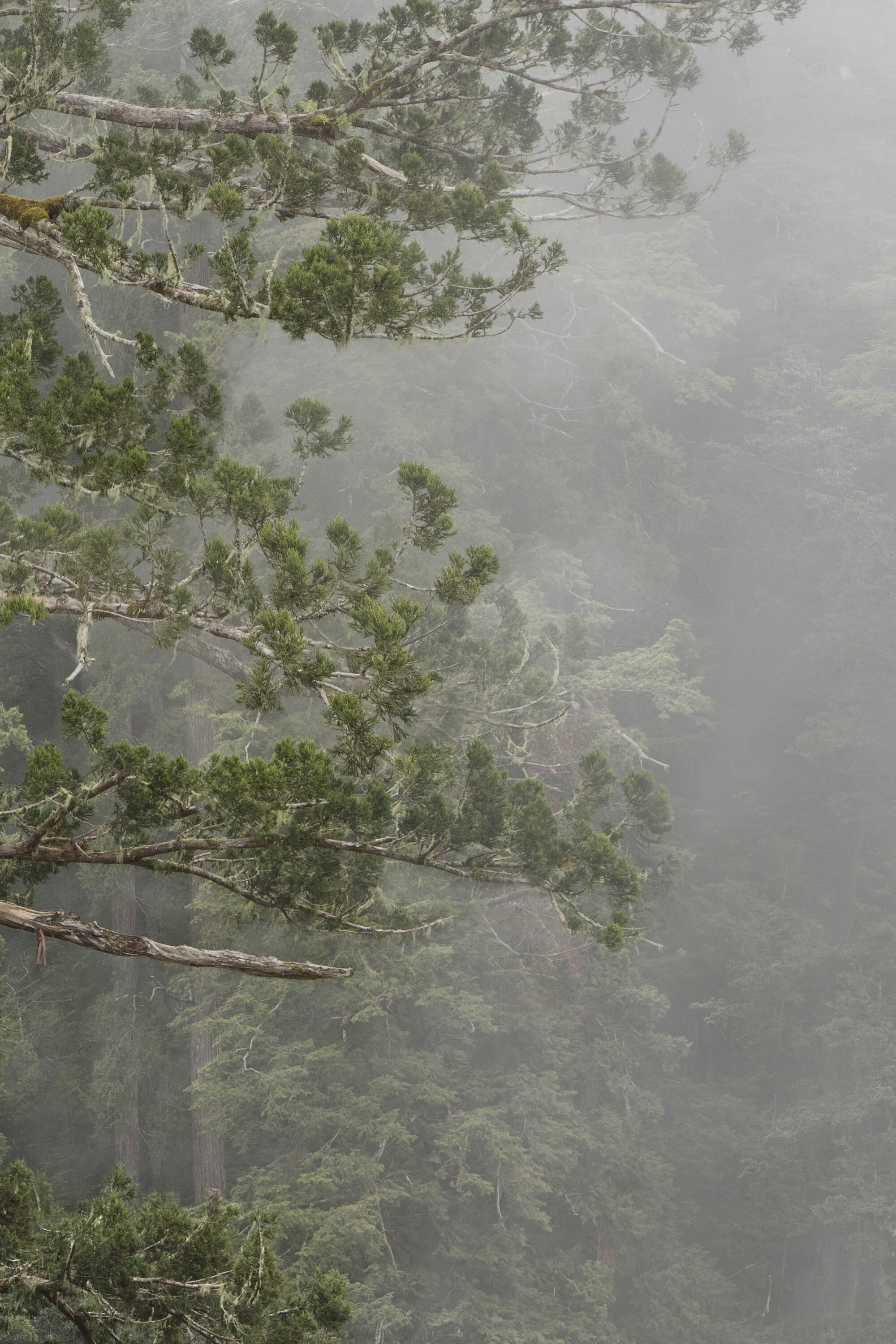
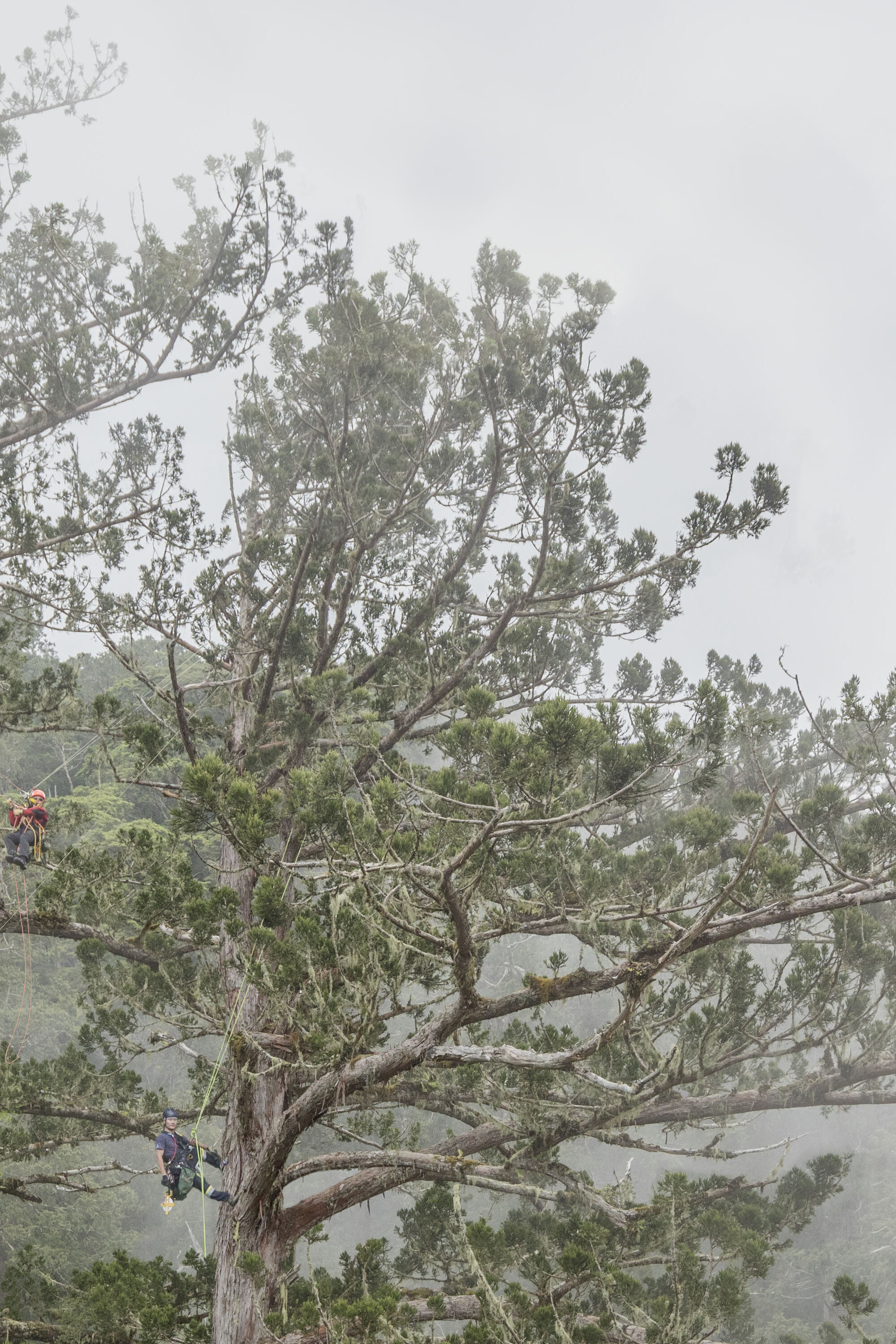
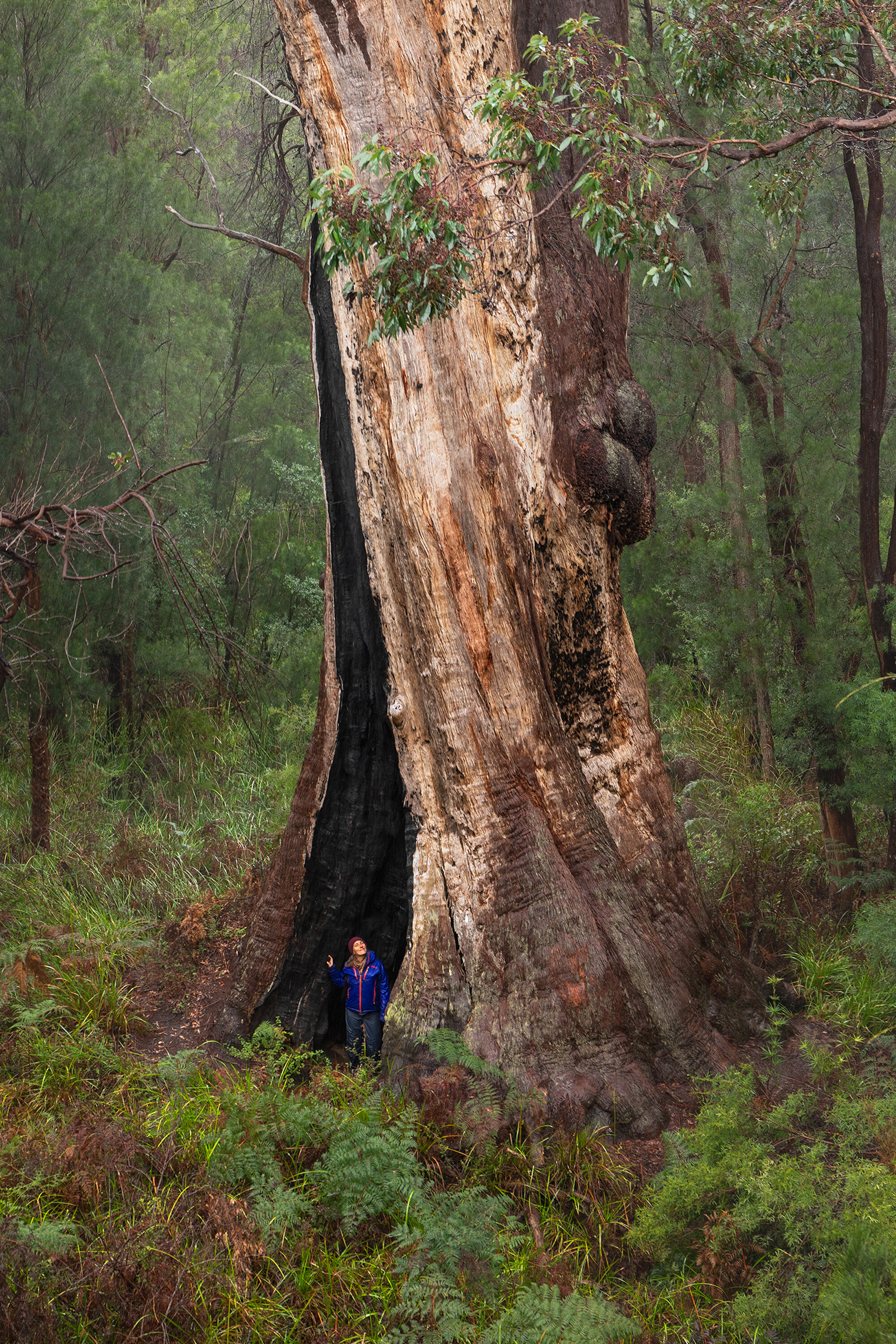
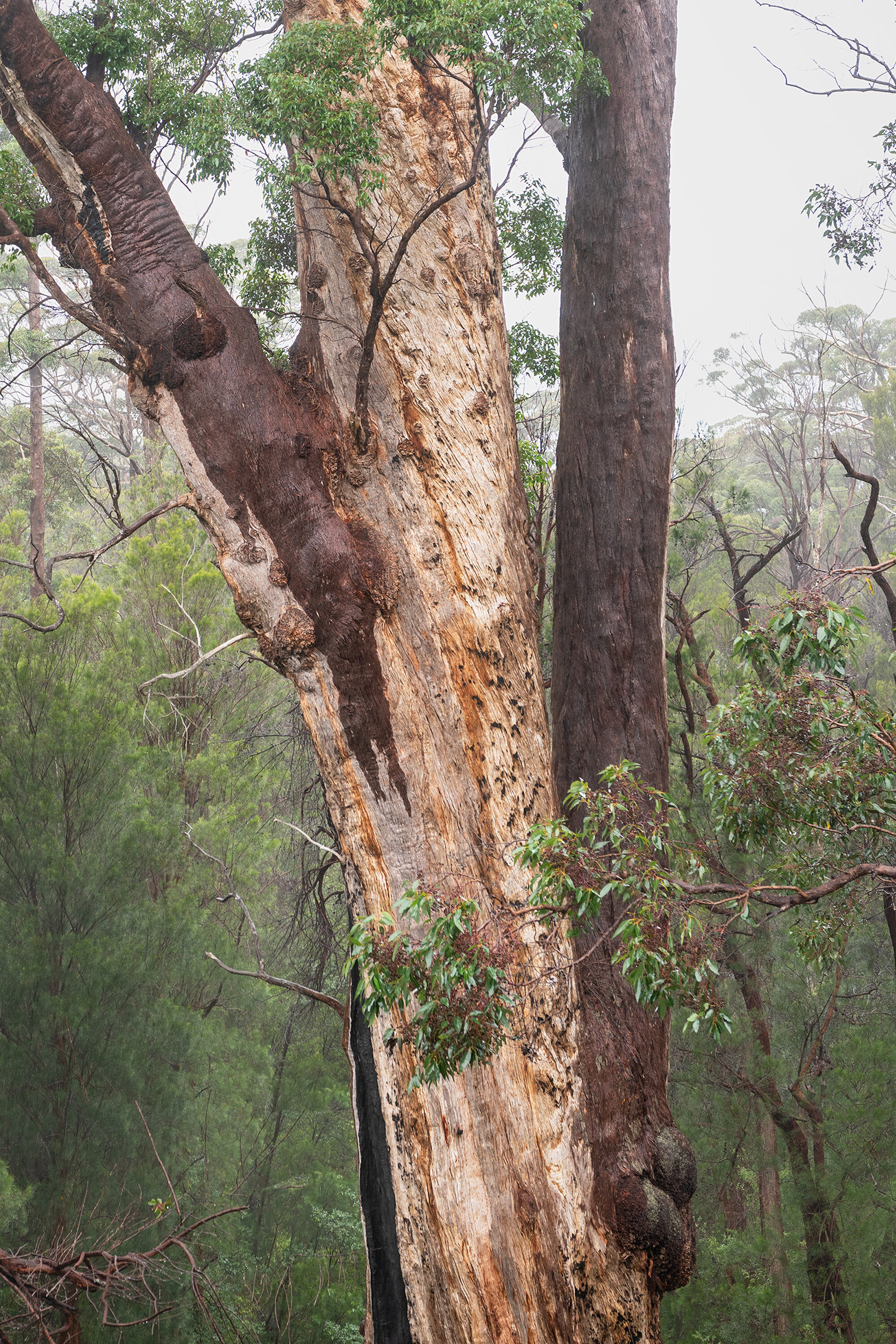


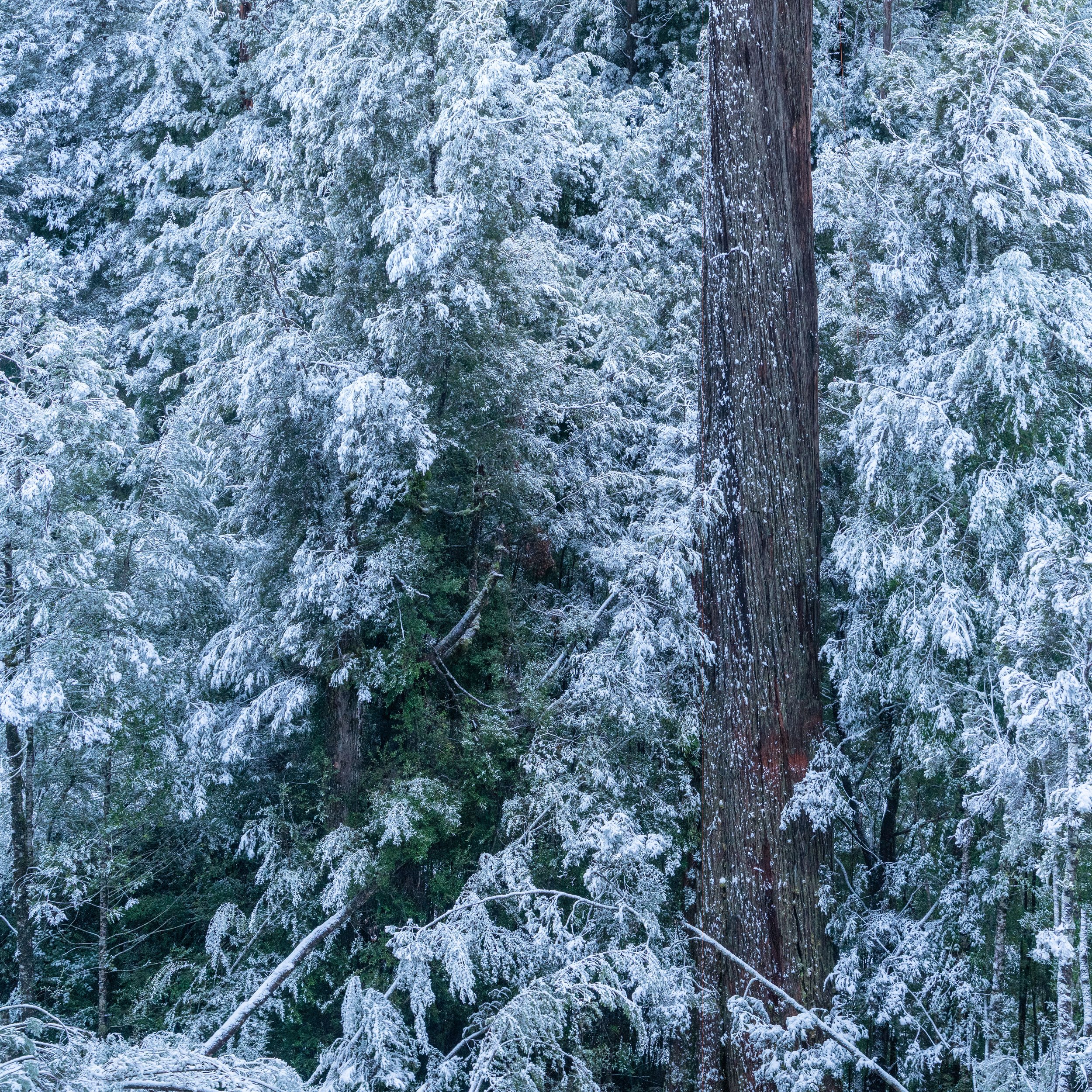

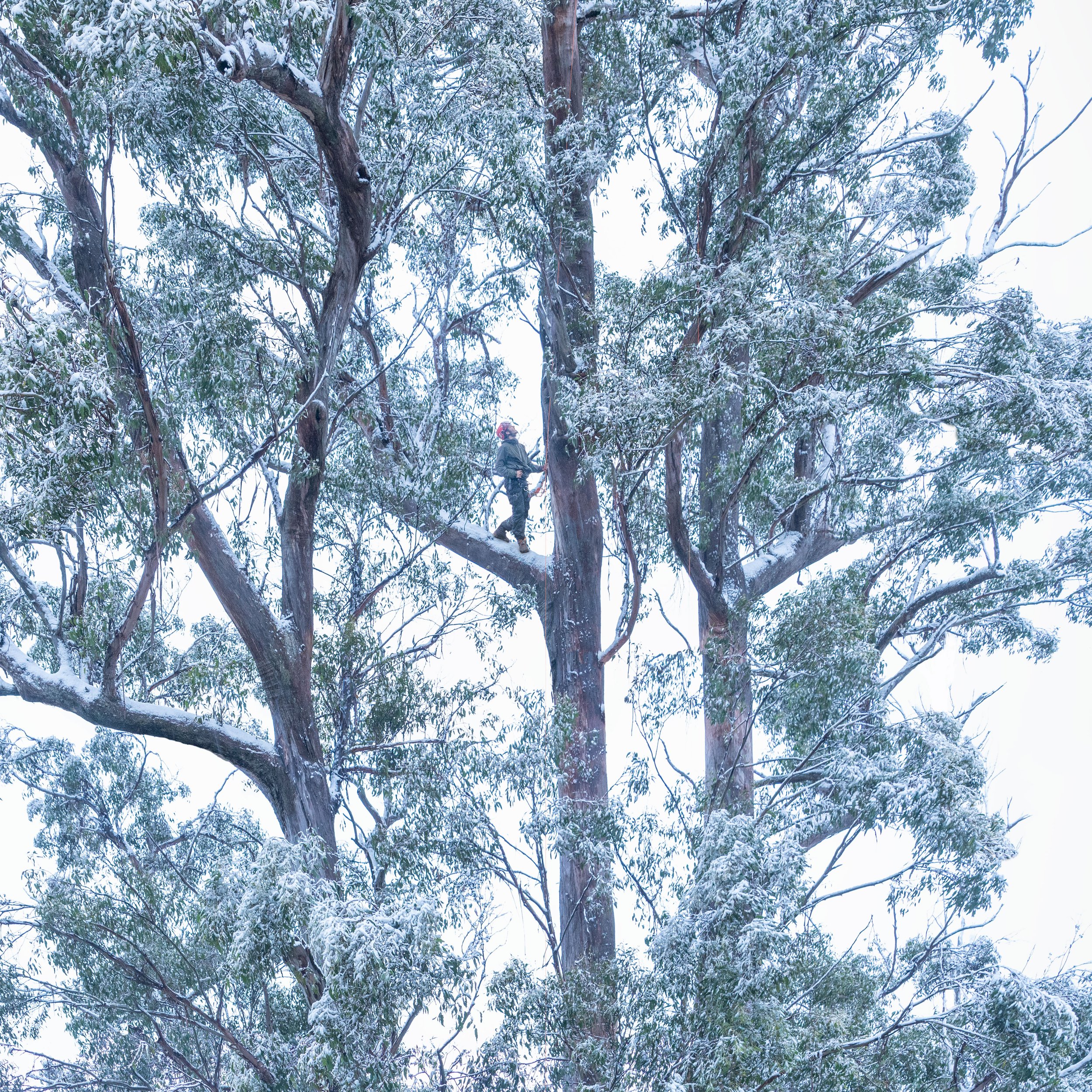
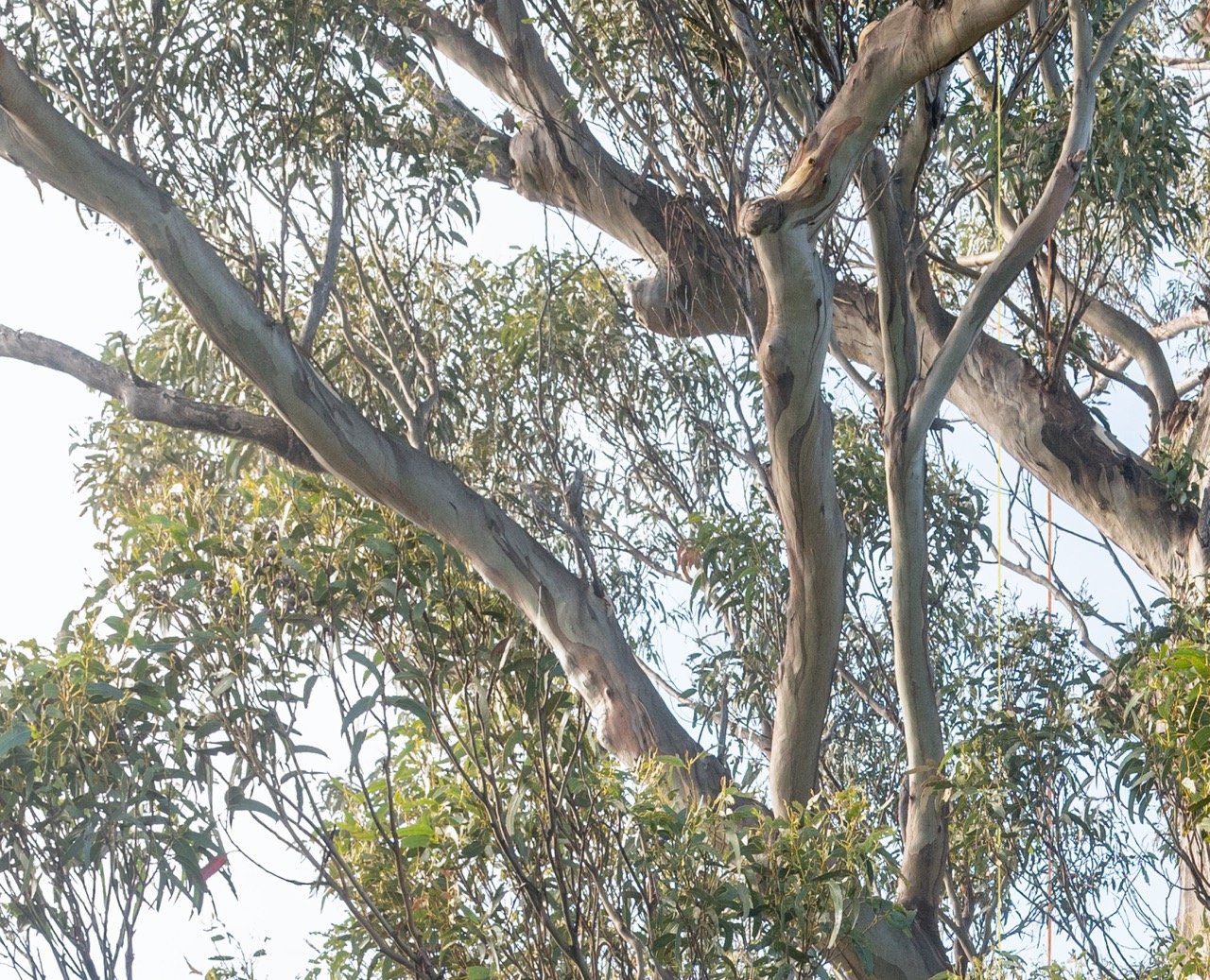
POSTER COLLECTIONS
THE FINEST ART PRINTS
Tasmanian Collection
Interstate & International
Eucalyptus regnans, known as the swamp gum in Tasmania or mountain ash in Victoria, grows up to 100m high and is the tallest and biggest tree species in the southern hemisphere.
Located in the beautiful Styx Valley, Tasmania, this gigantic tree called “Gandalf’s Staff’ towers above a lush rainforest understory. Forests like these are one of the most carbon rich ecosystems in the world.
In 2016, our team spent over eight weeks capturing the portrait of this significant tree. The camera rig for photographing the tree portrait took two weeks to install due to the huge size of these trees. Then, in true Tasmanian style, the wind hampered our efforts in taking the photographs, as our system can only be operated in still conditions. Despite this, our team managed to create an incredible portrait of this 84 metre tree. We have also produced some stunning photos and videos of the forest, capturing many beautiful photos from a bird's eye view using drones.
Our project was a huge success and made huge headlines around the world. Our story was published by several leading news agencies including BBC, ABC, The Guardian and Die Welt, with an estimated reach of over 80 million people. We also had a feature story in Australian Geographic.
Our work was also featured in an exhibition at the Tasmanian Museum and Art Gallery in summer 2016/2017. Our exhibition also won The Museum and Galleries National Award for the best temporary exhibition in 2018.





